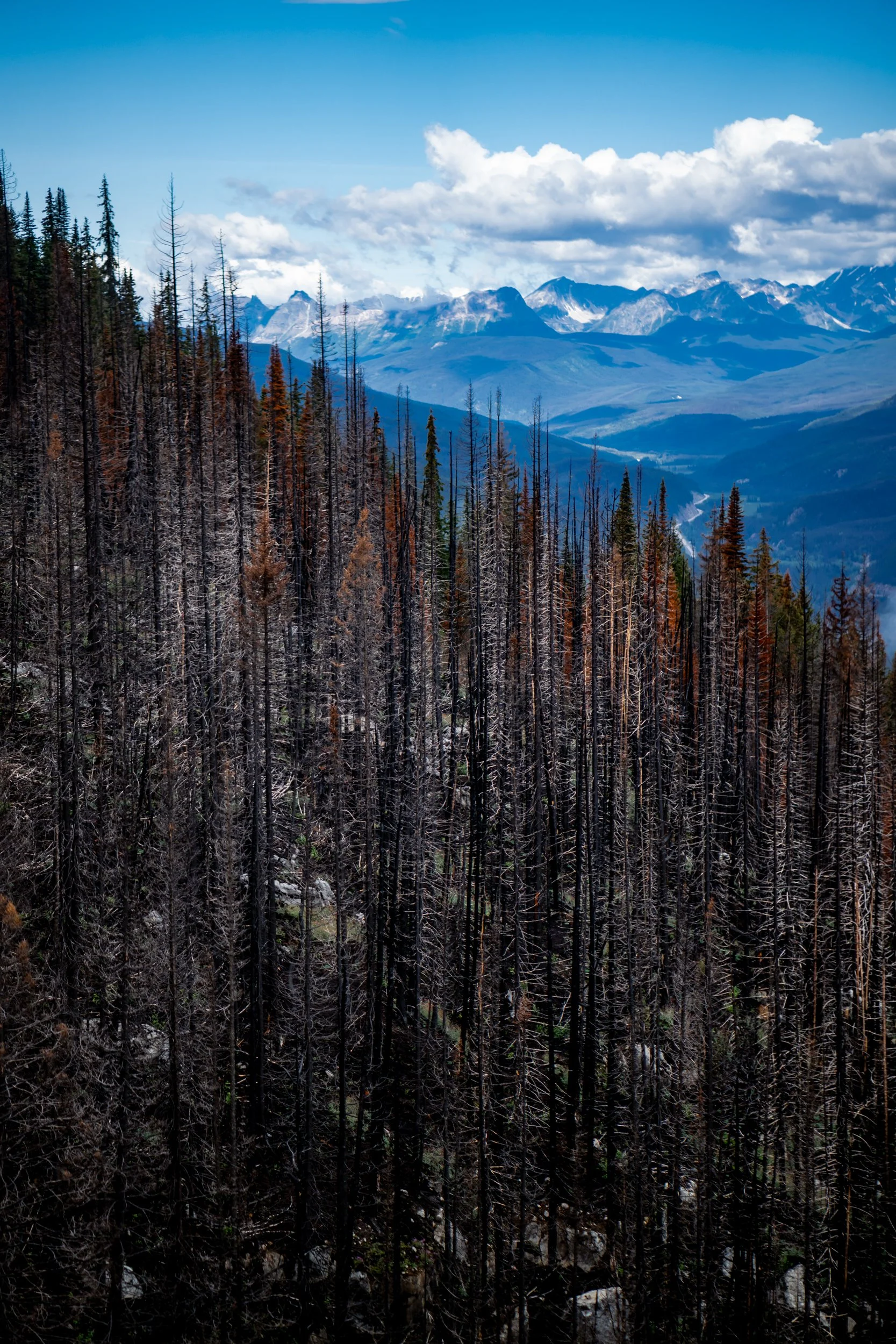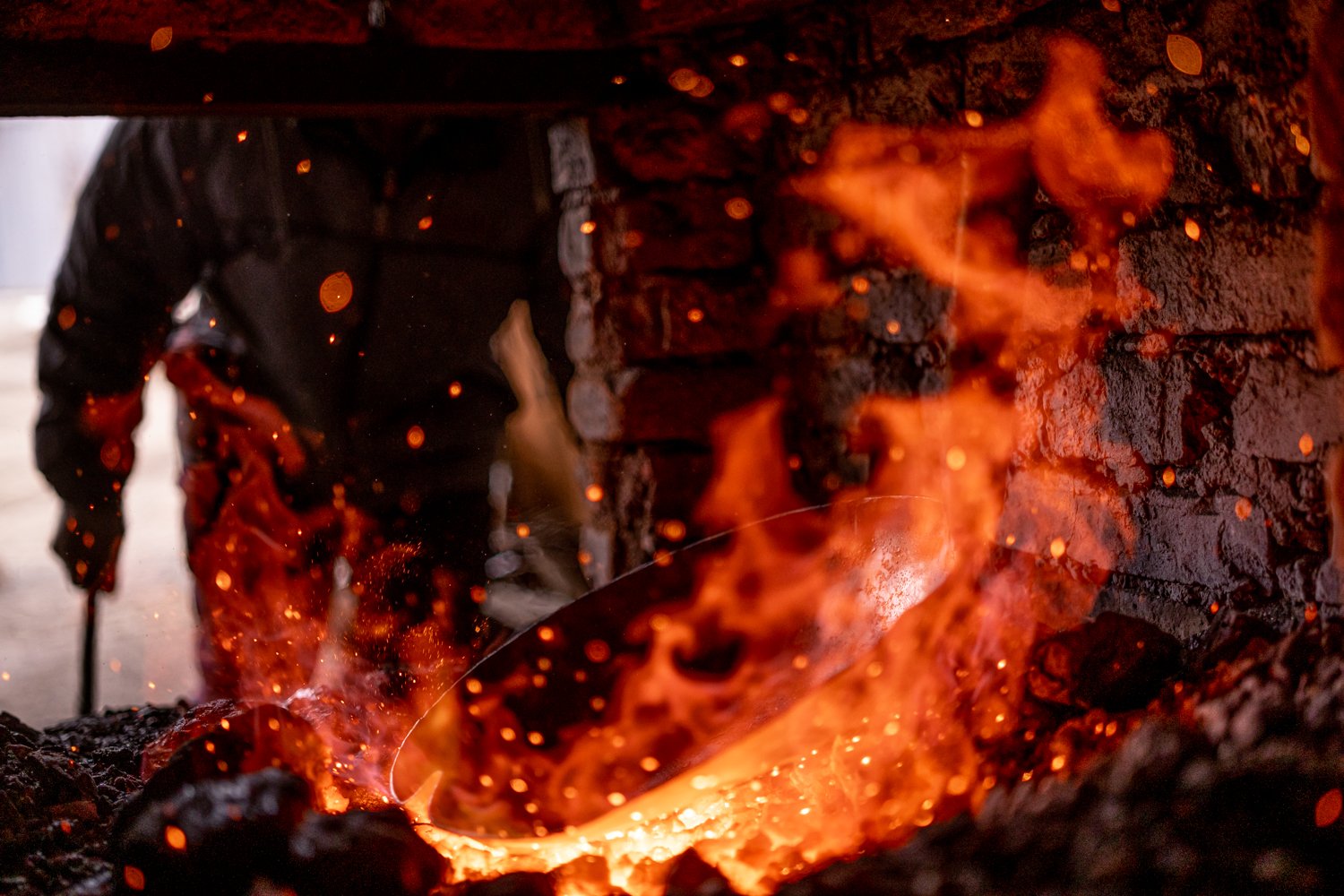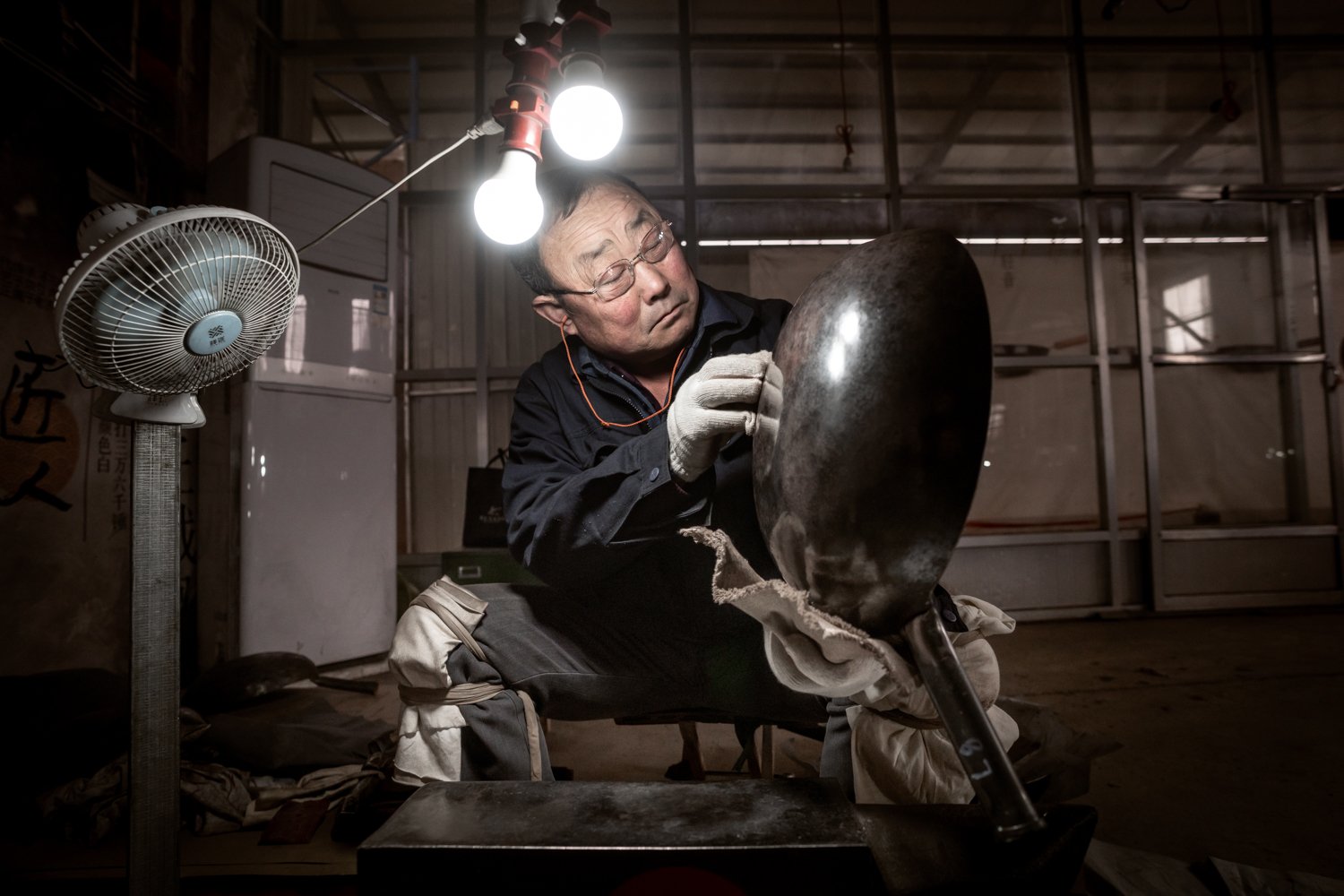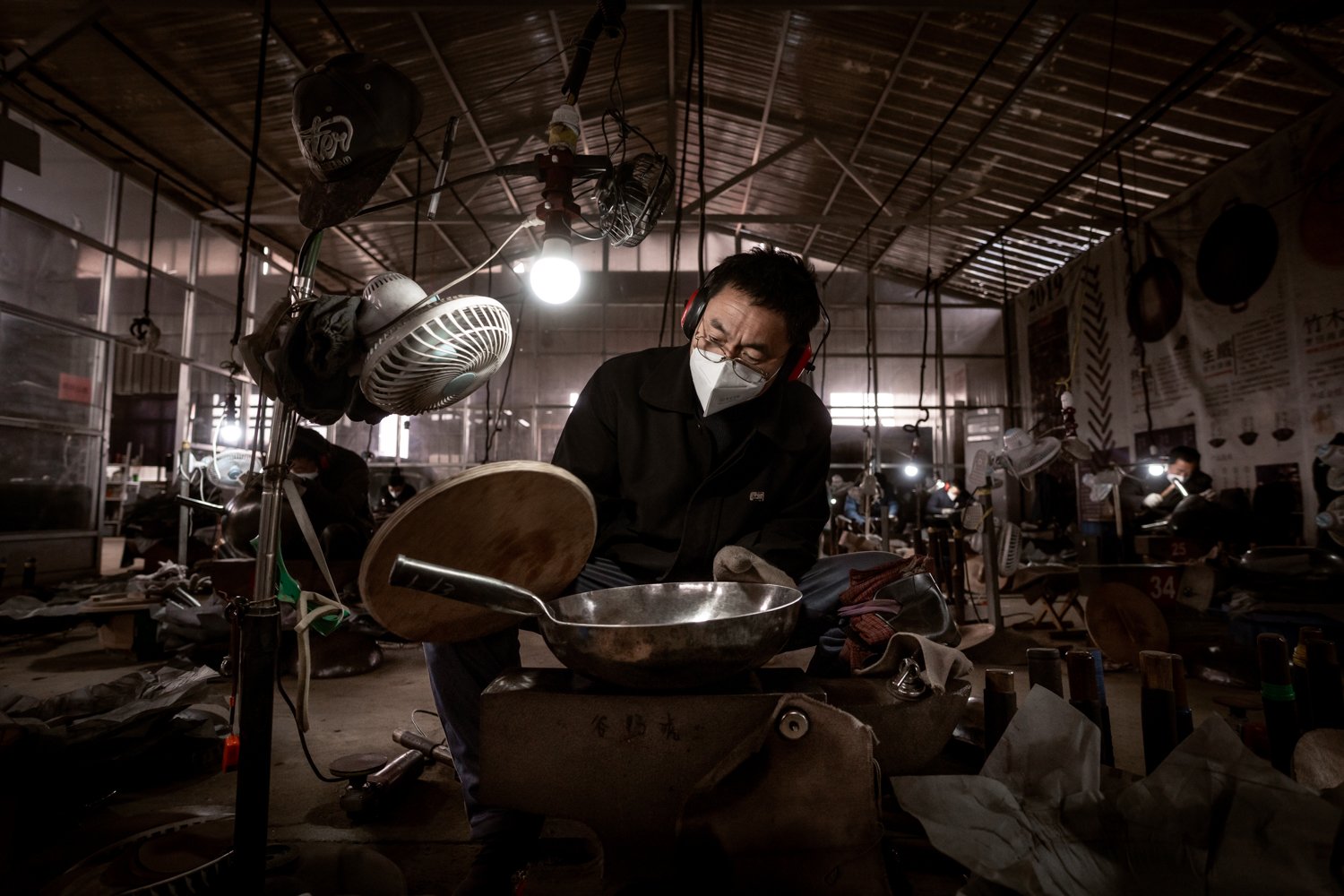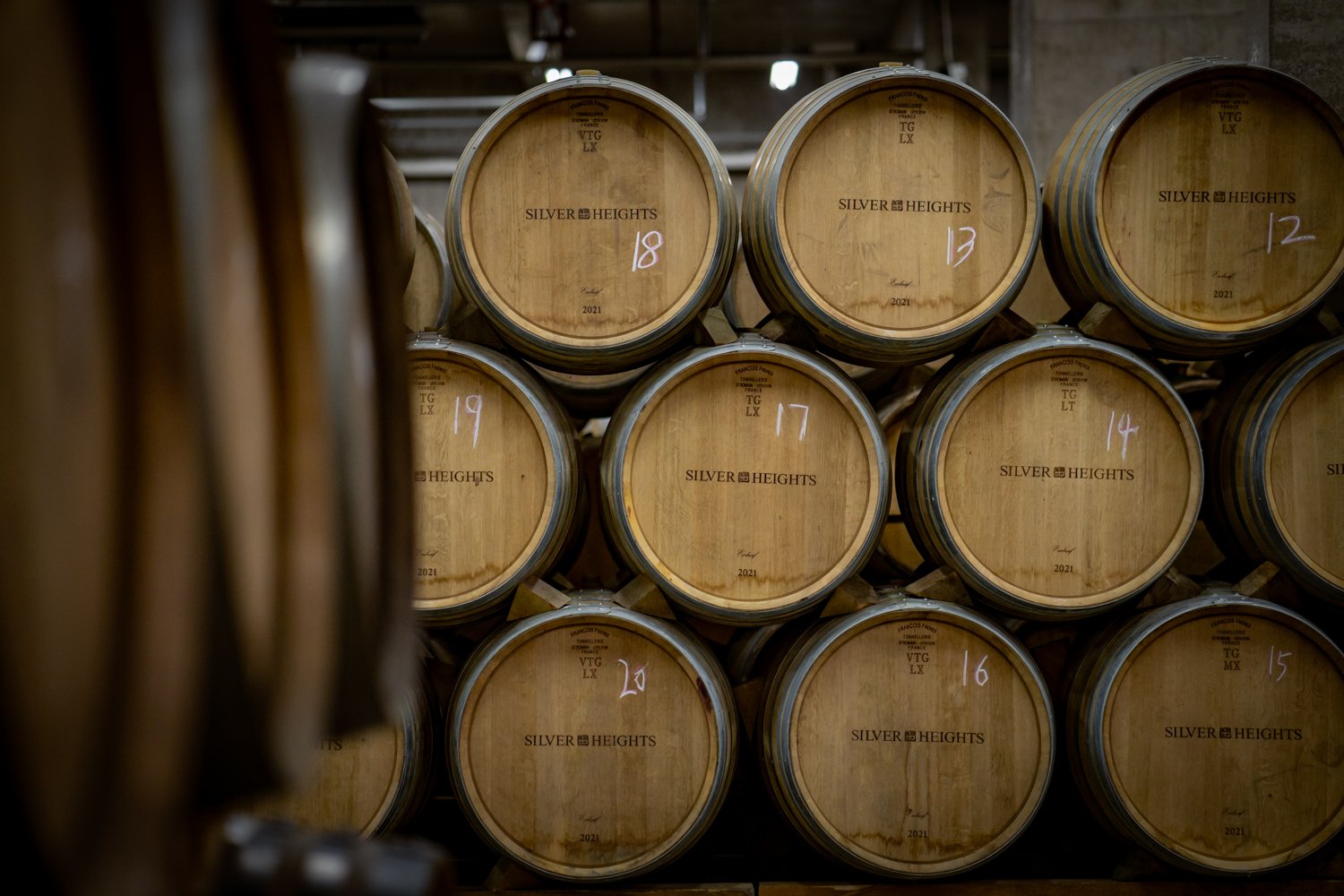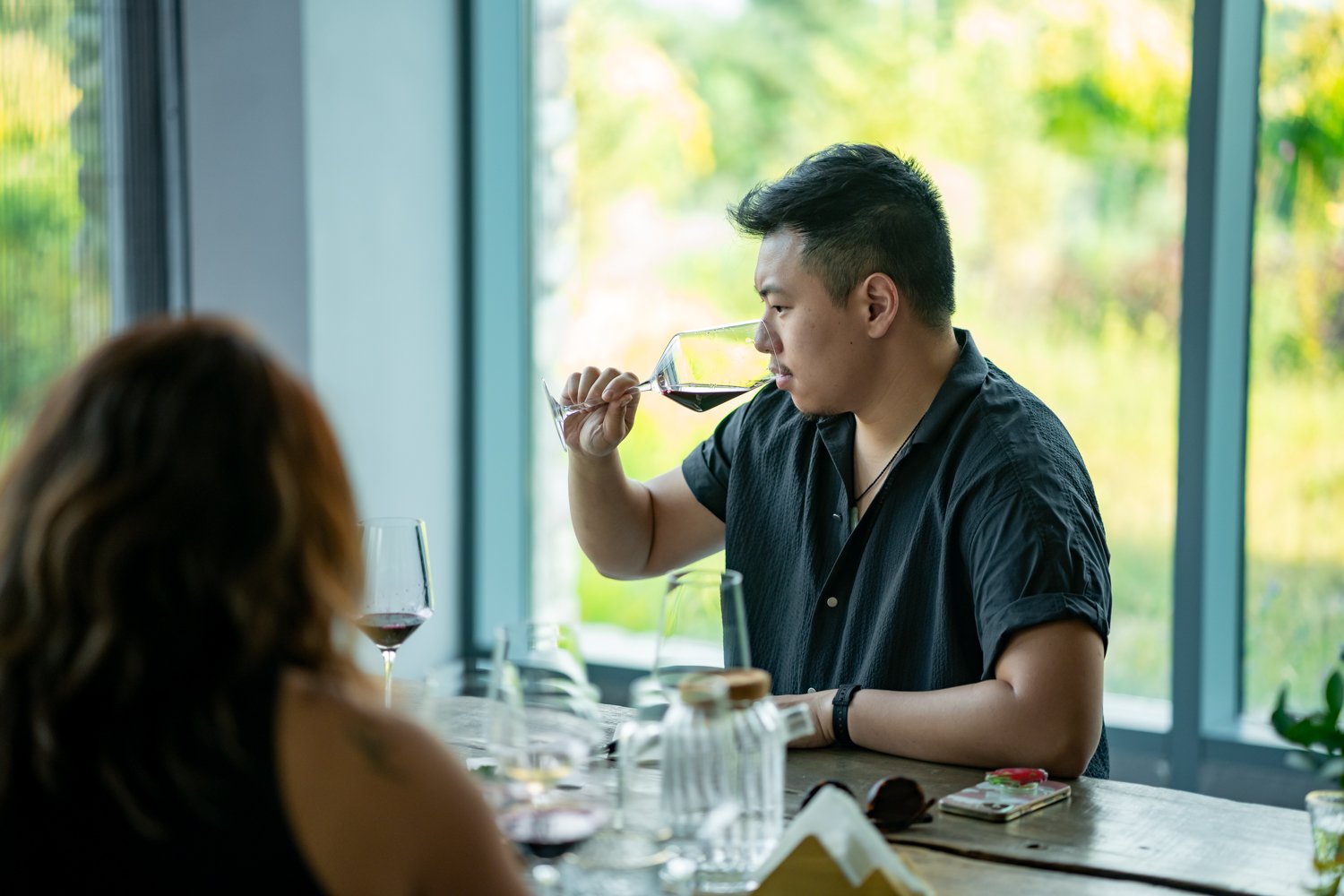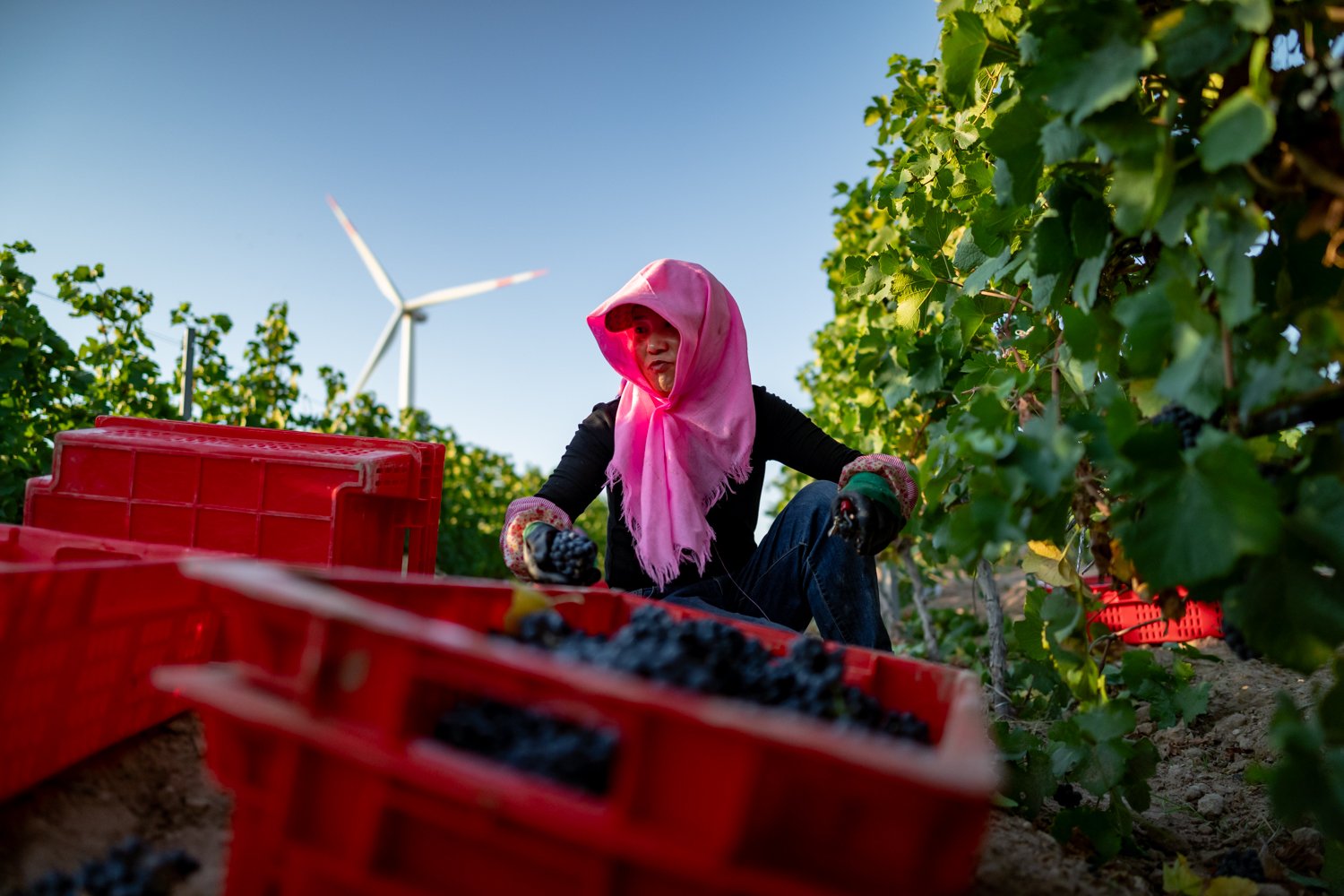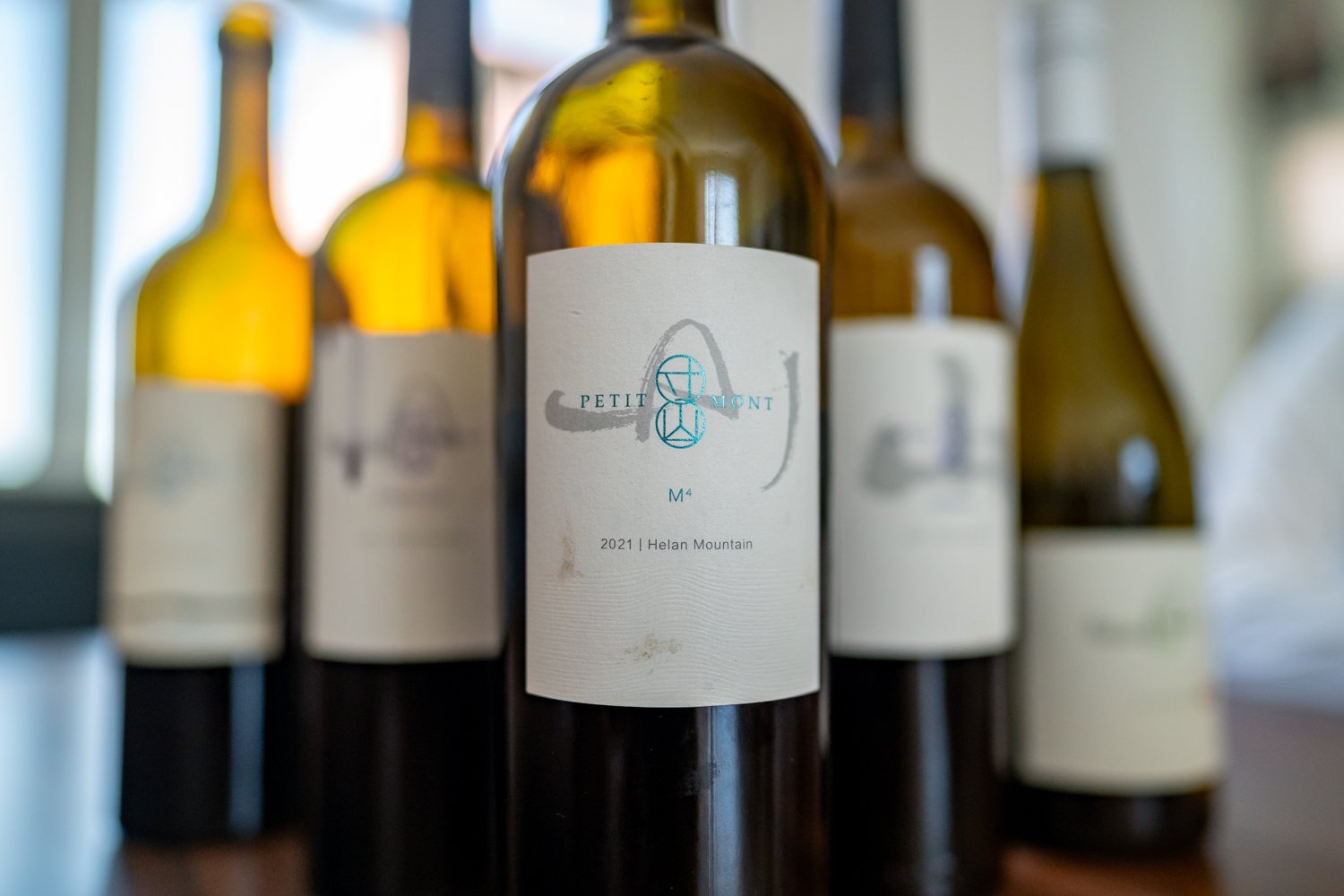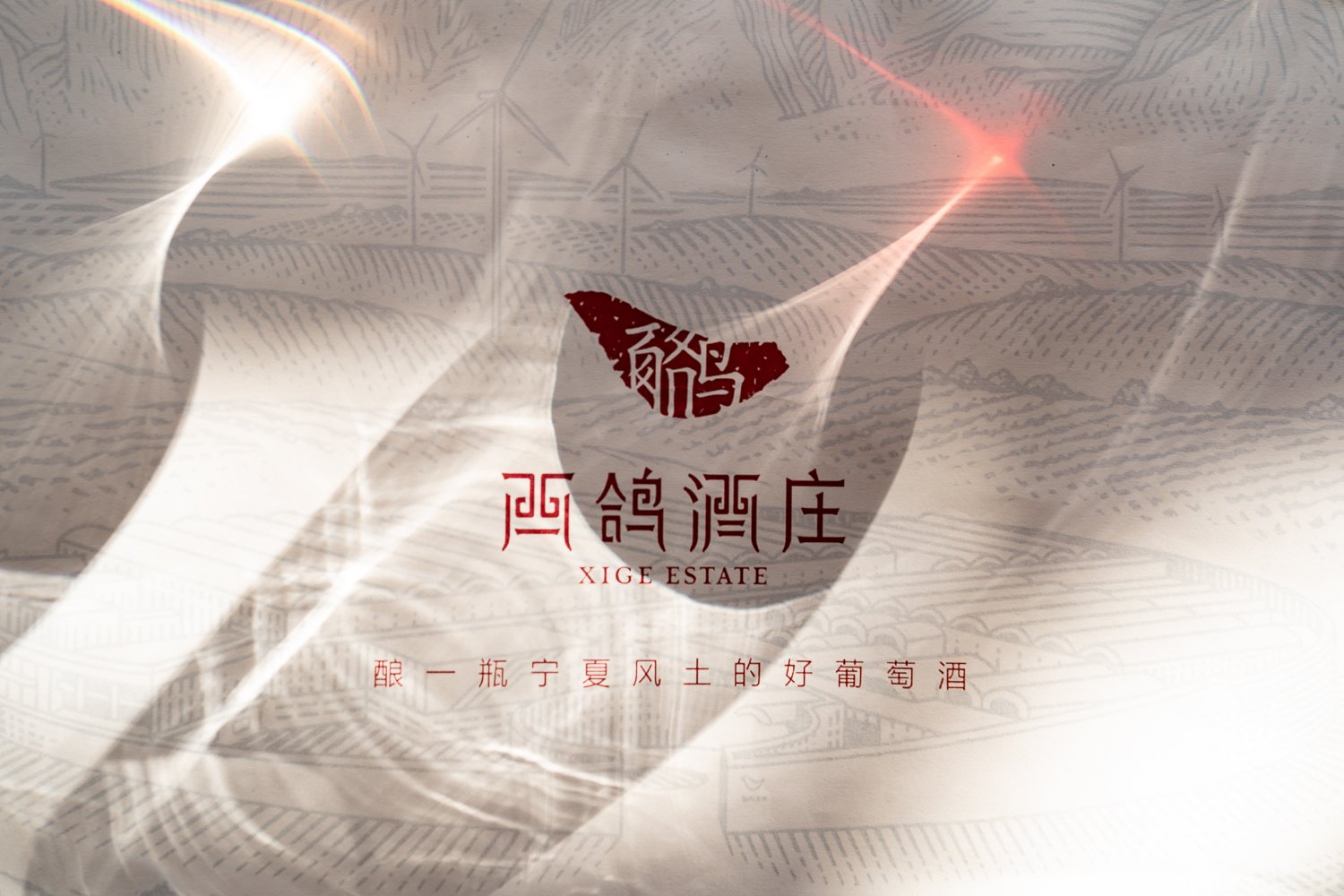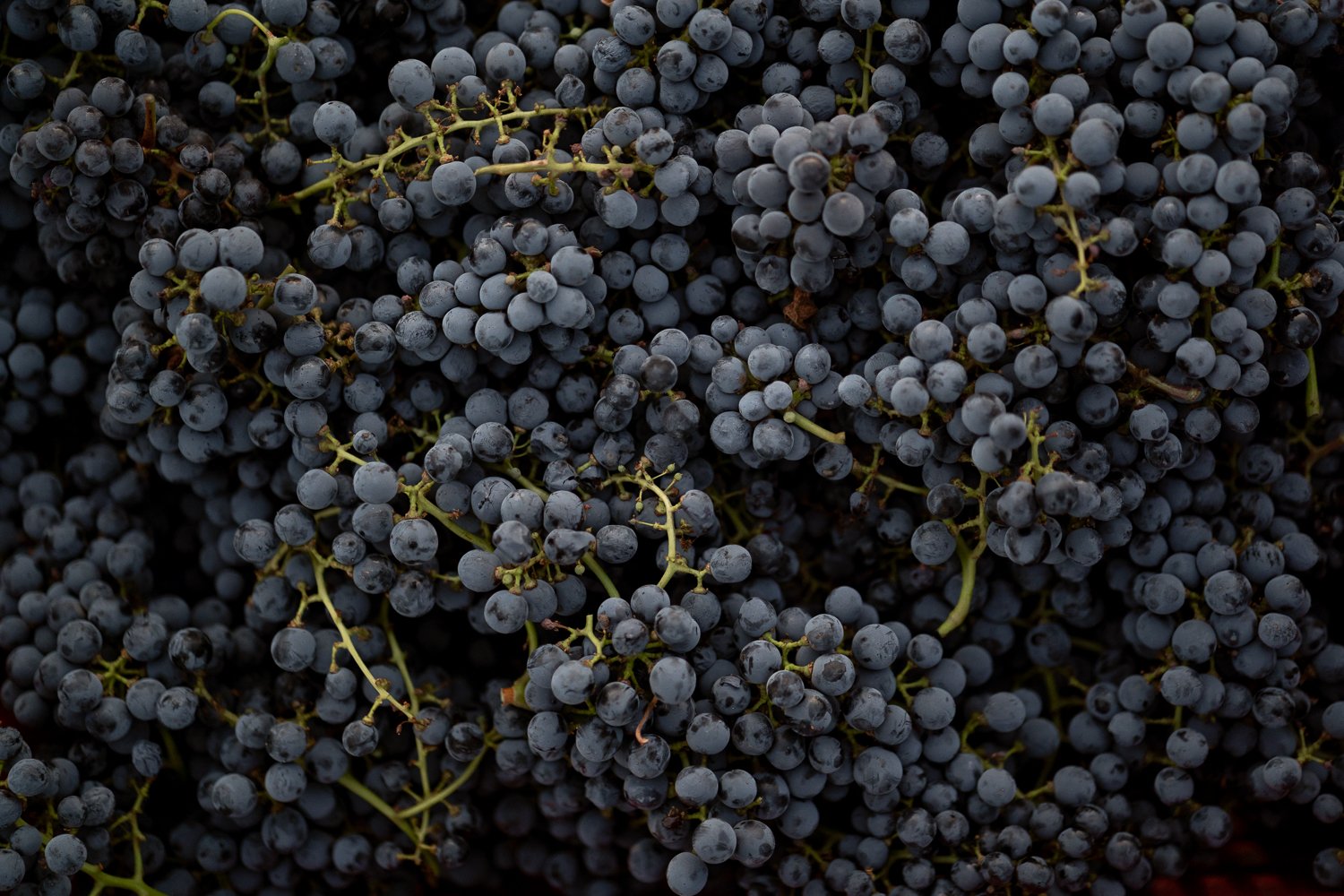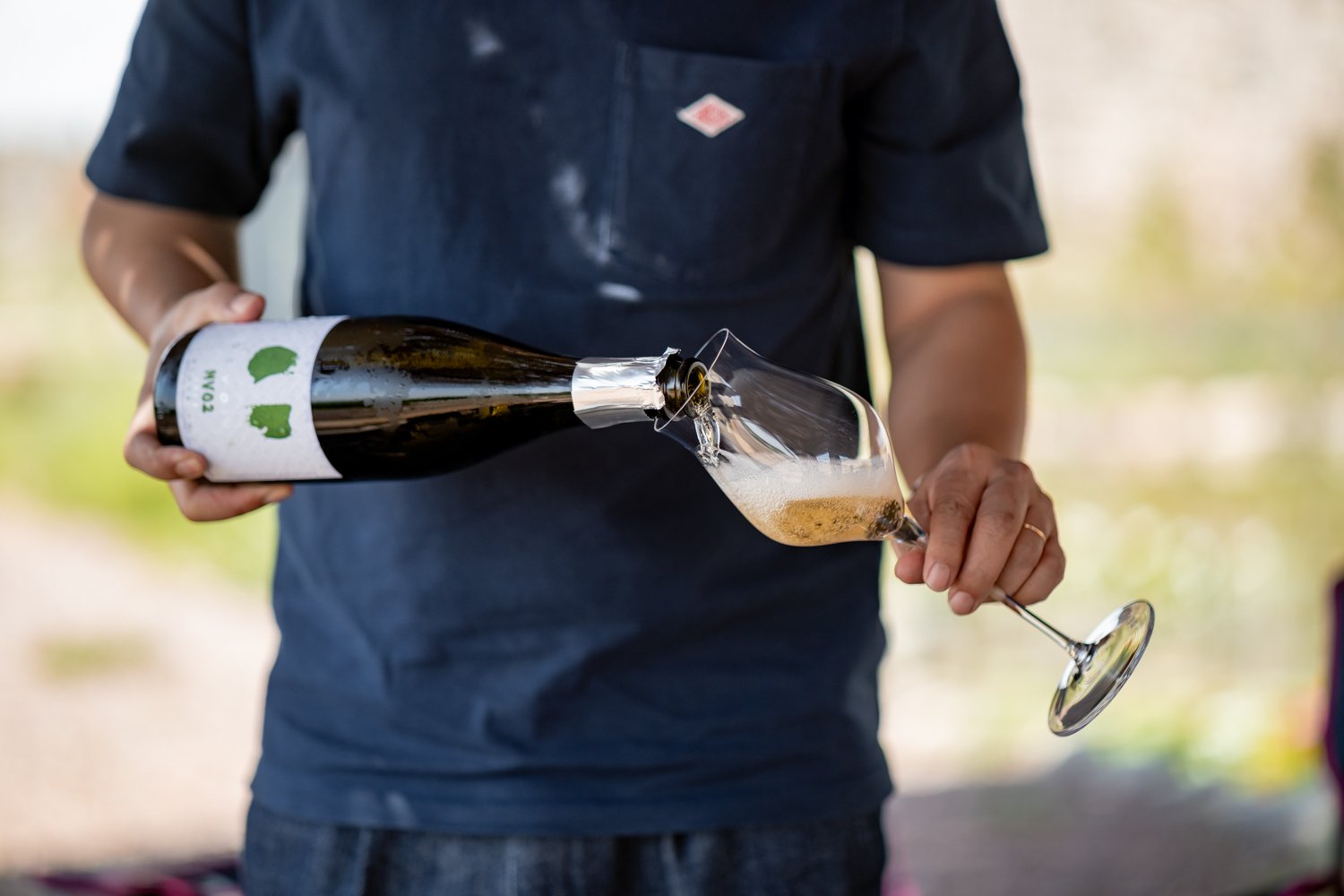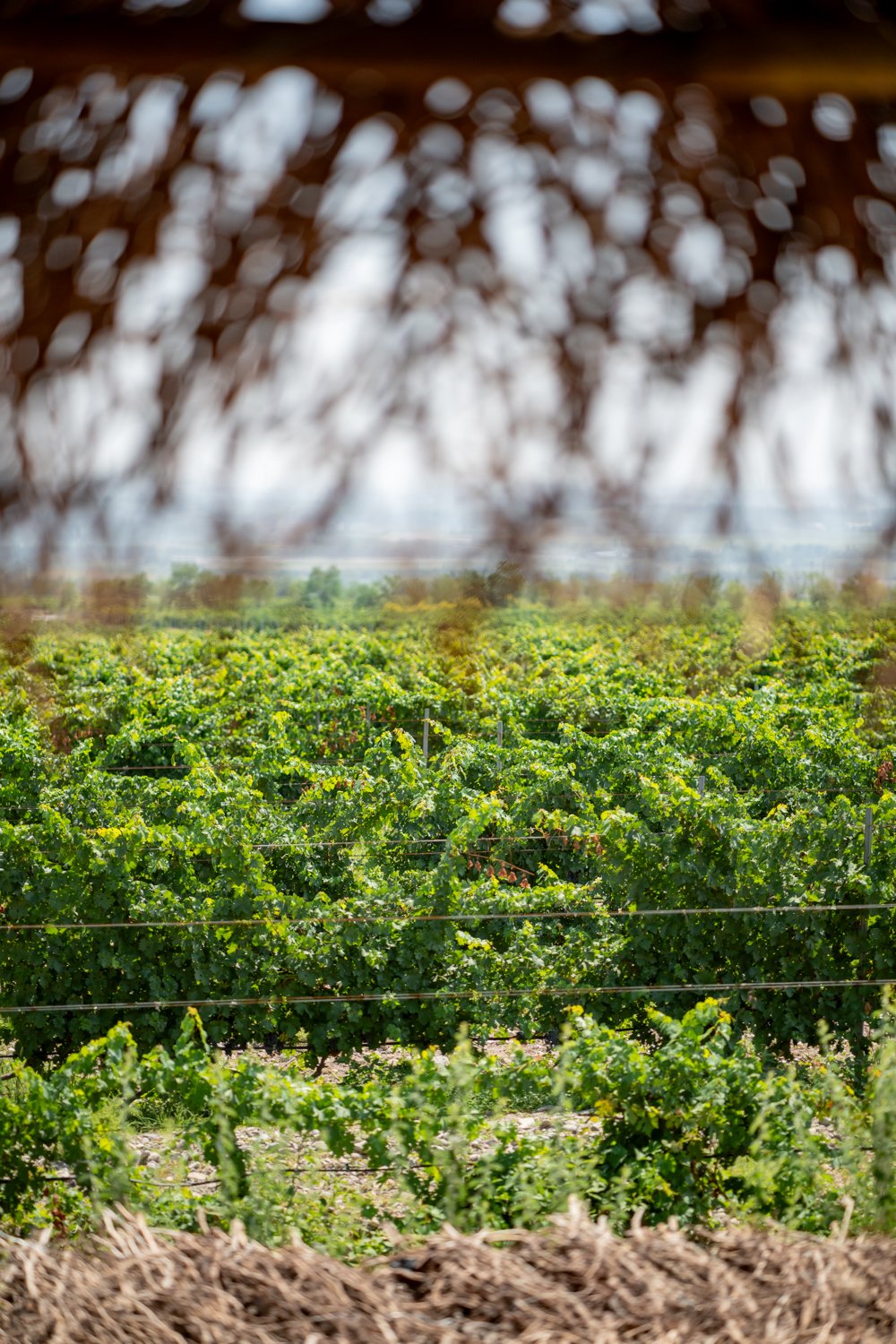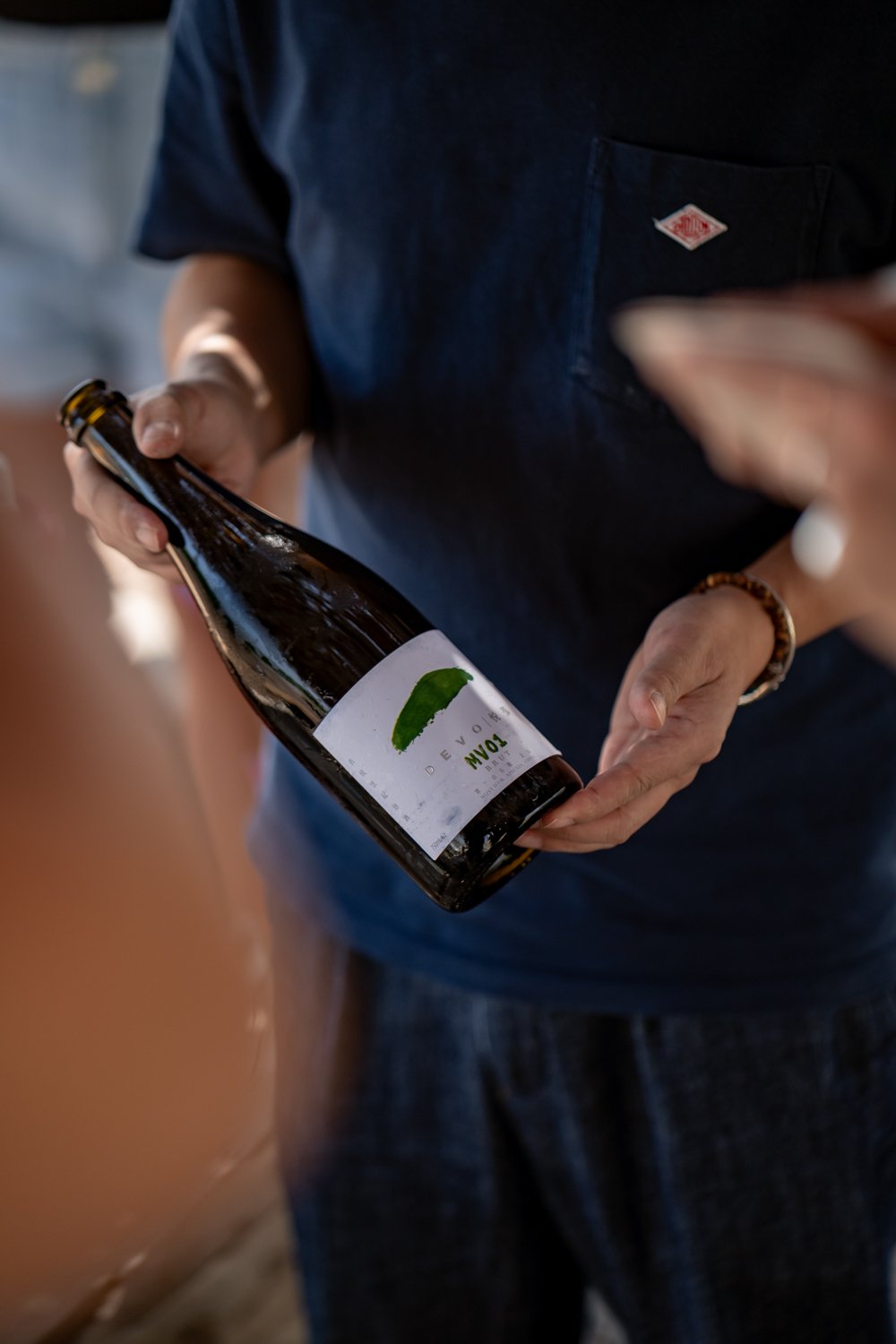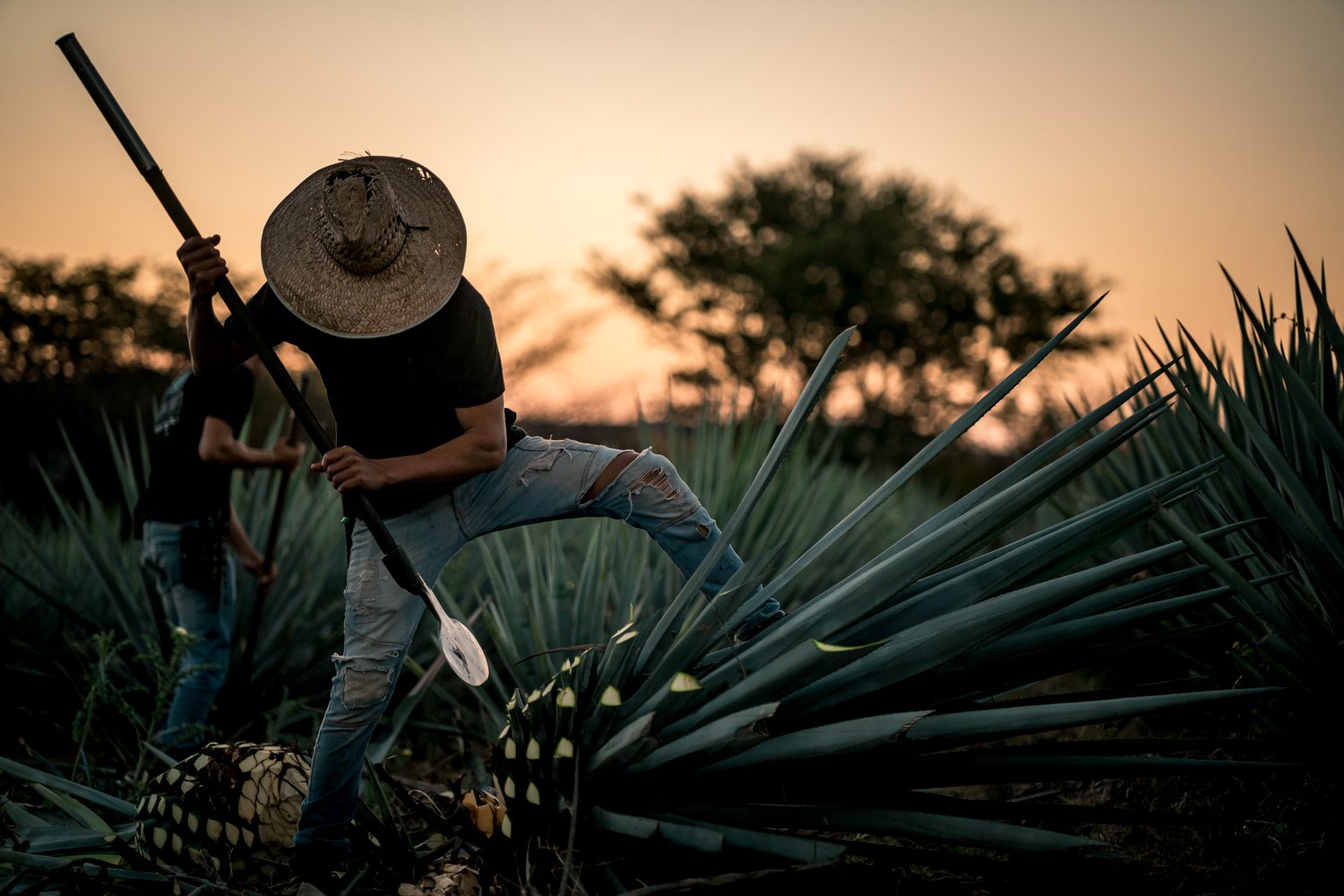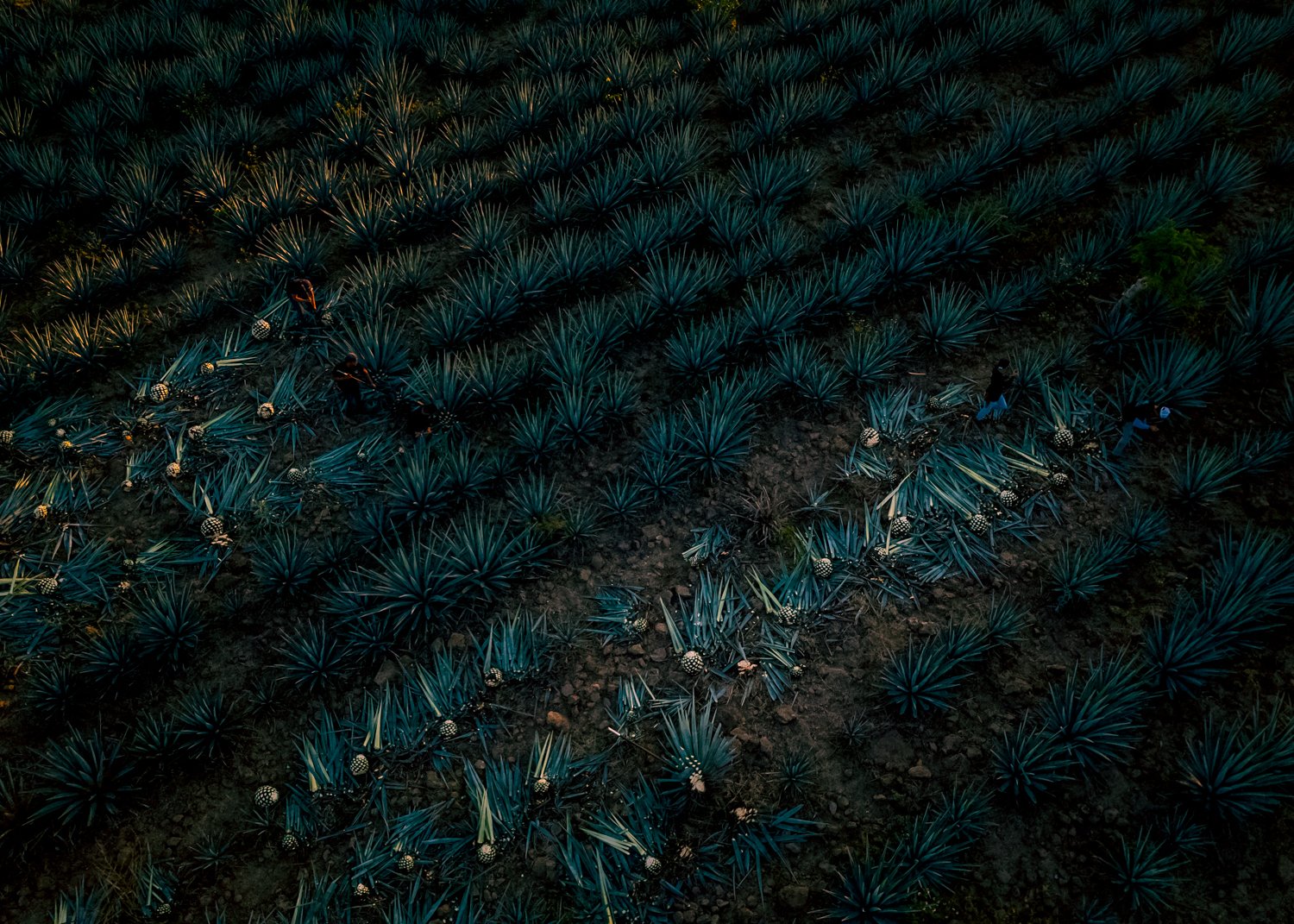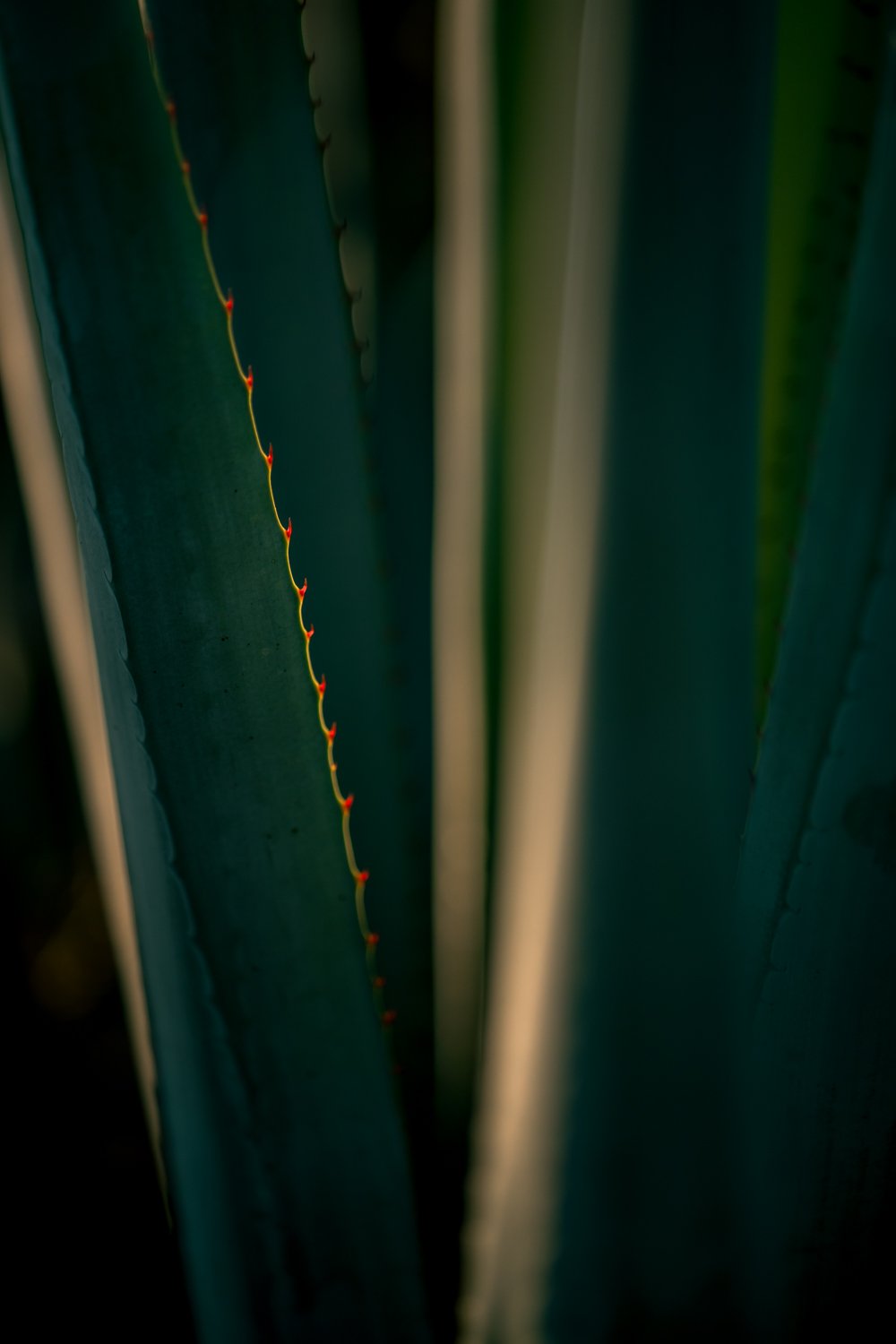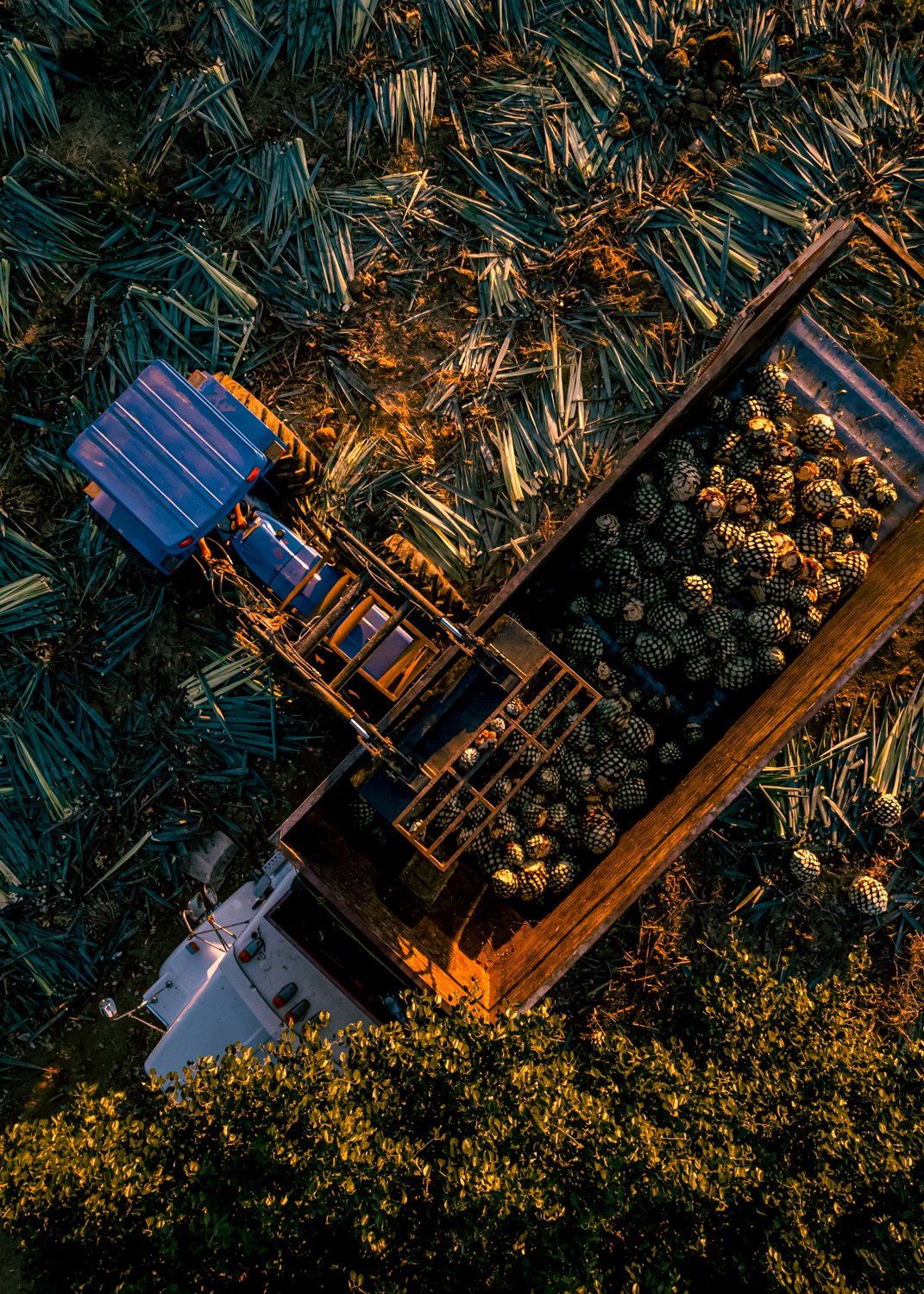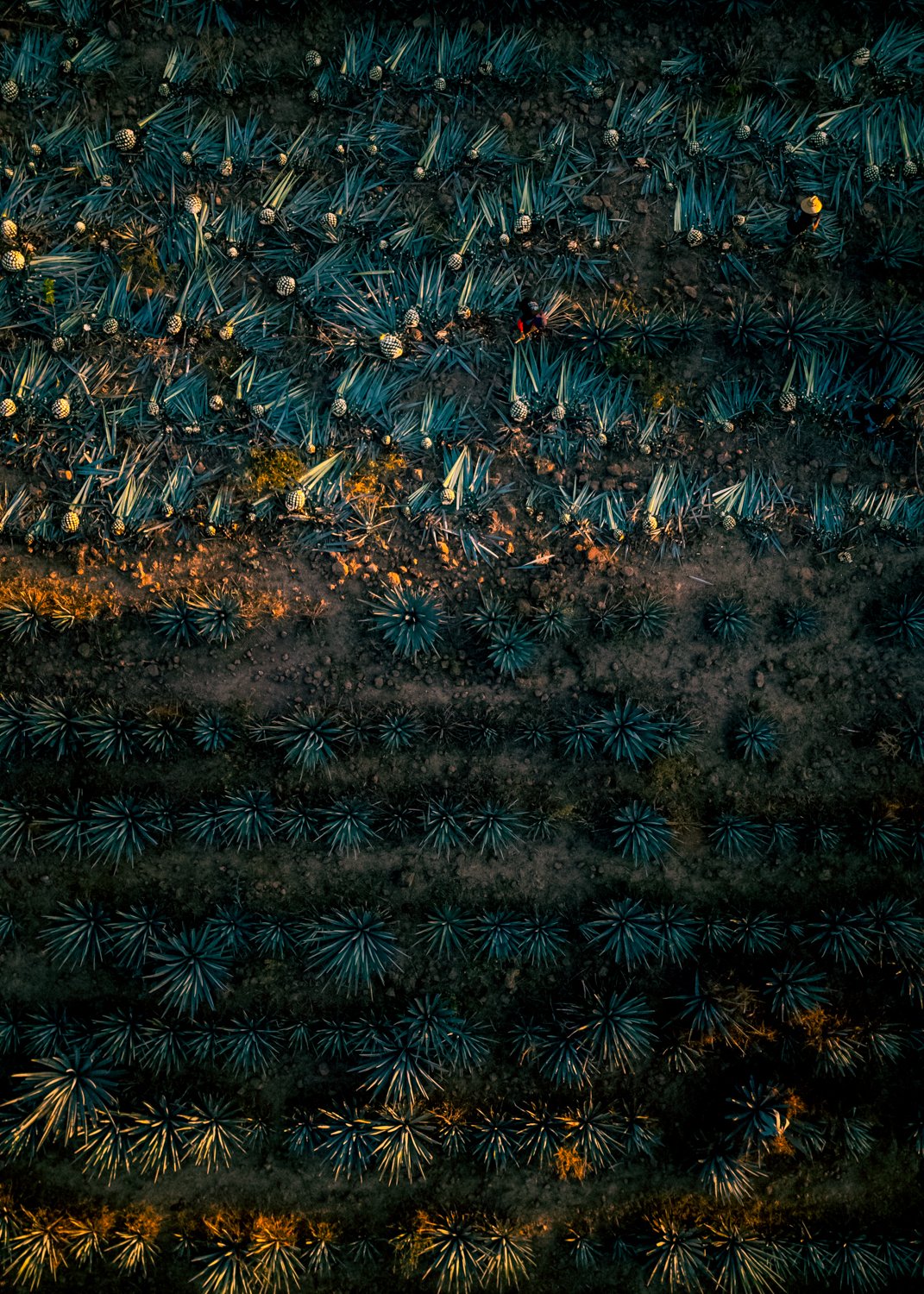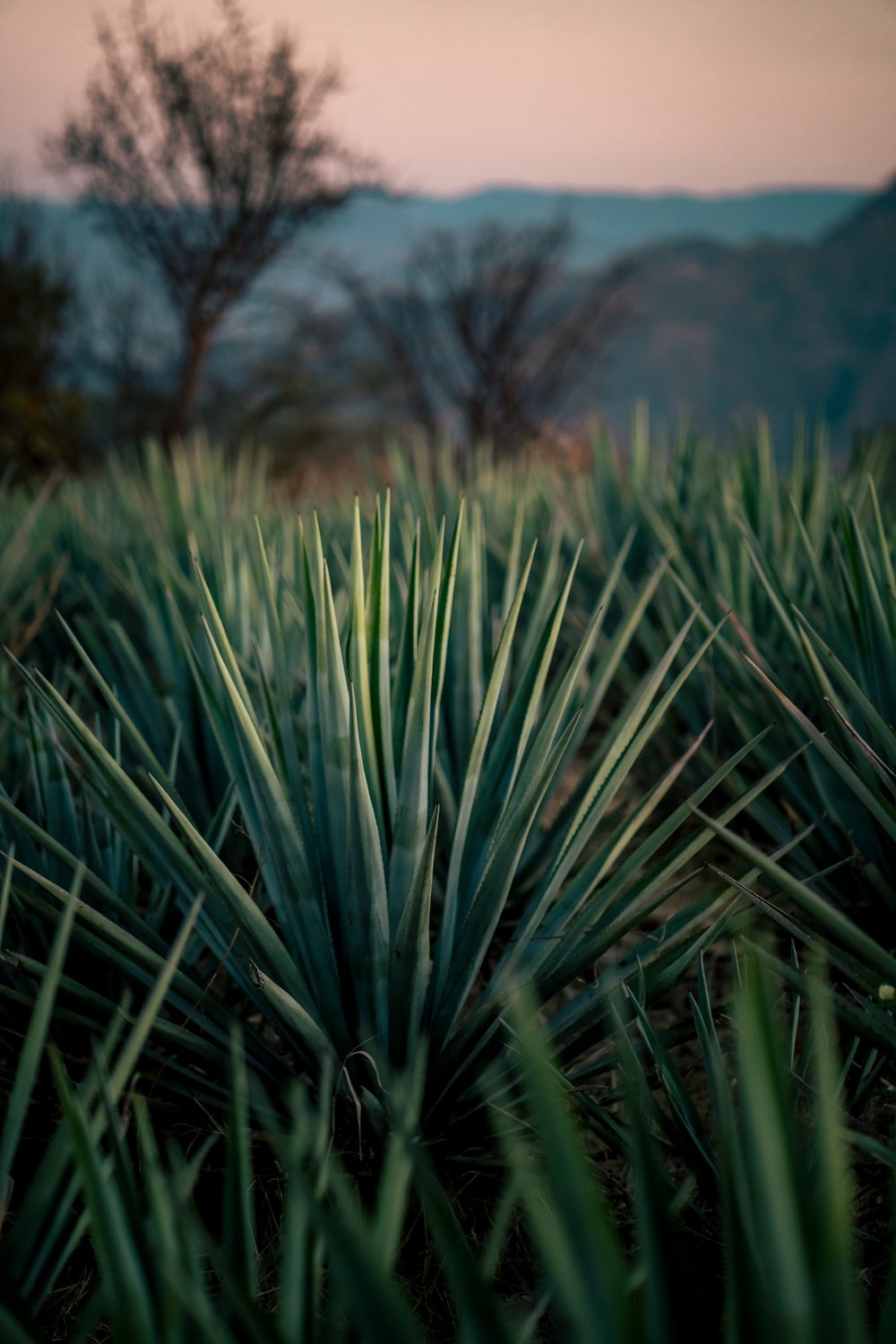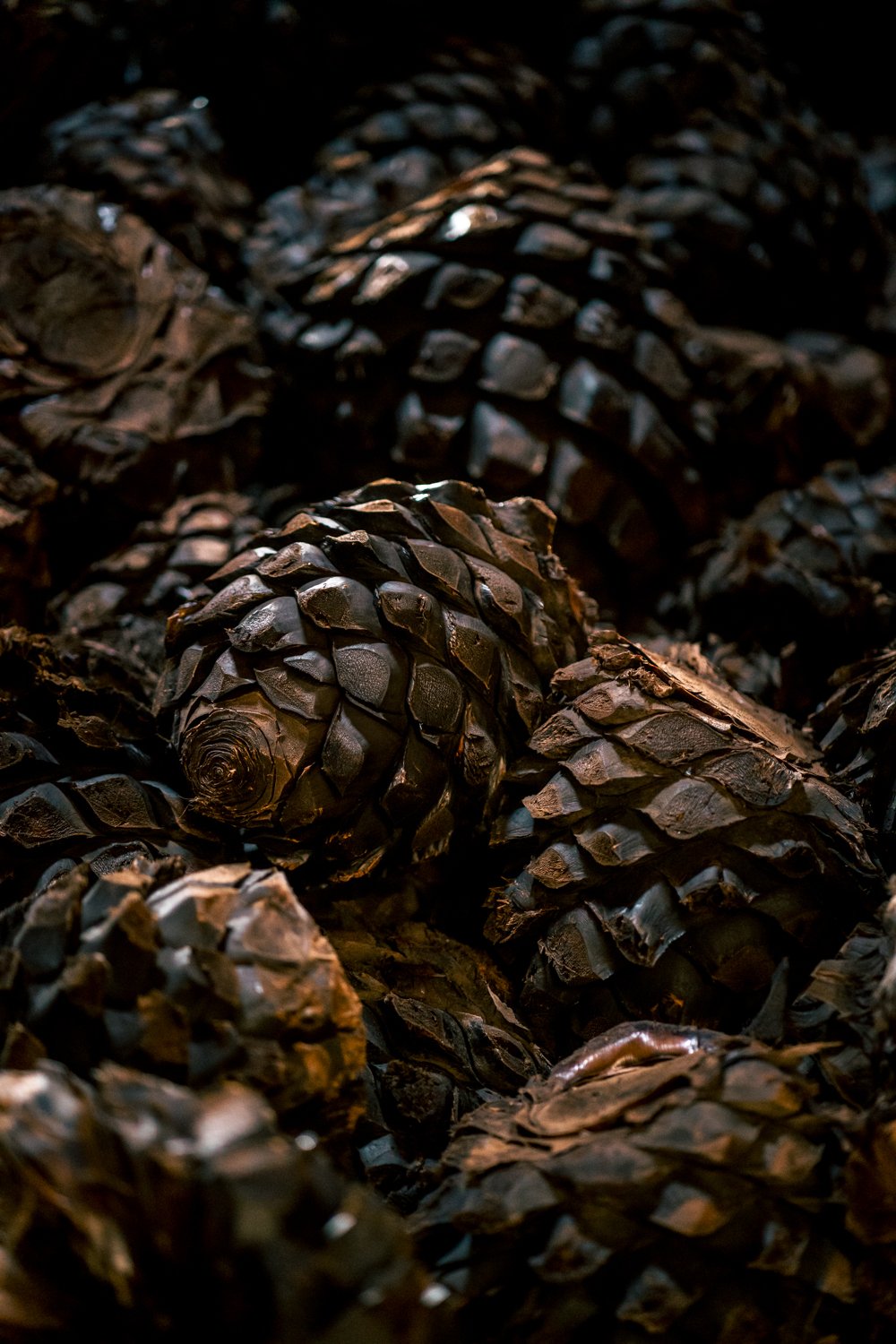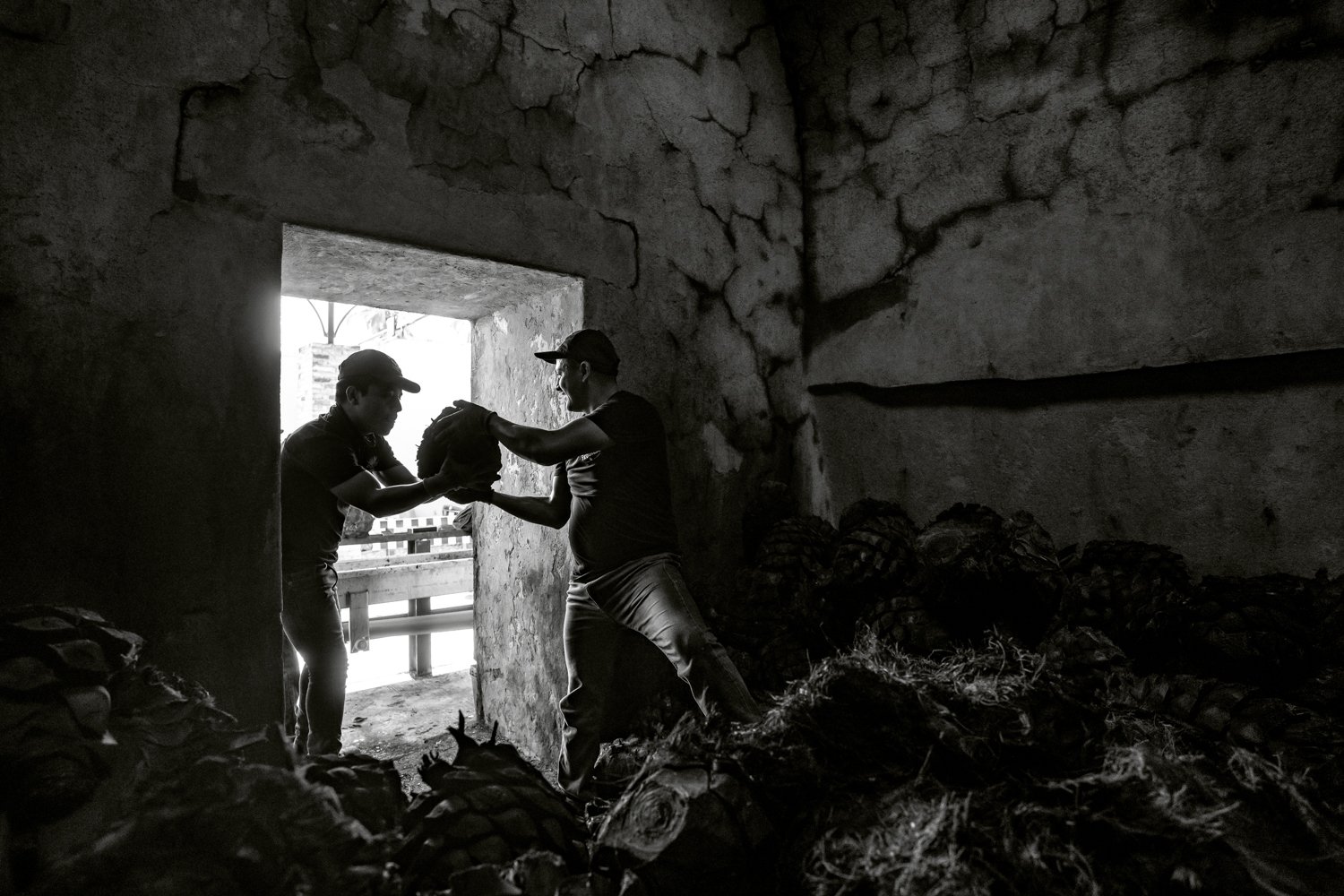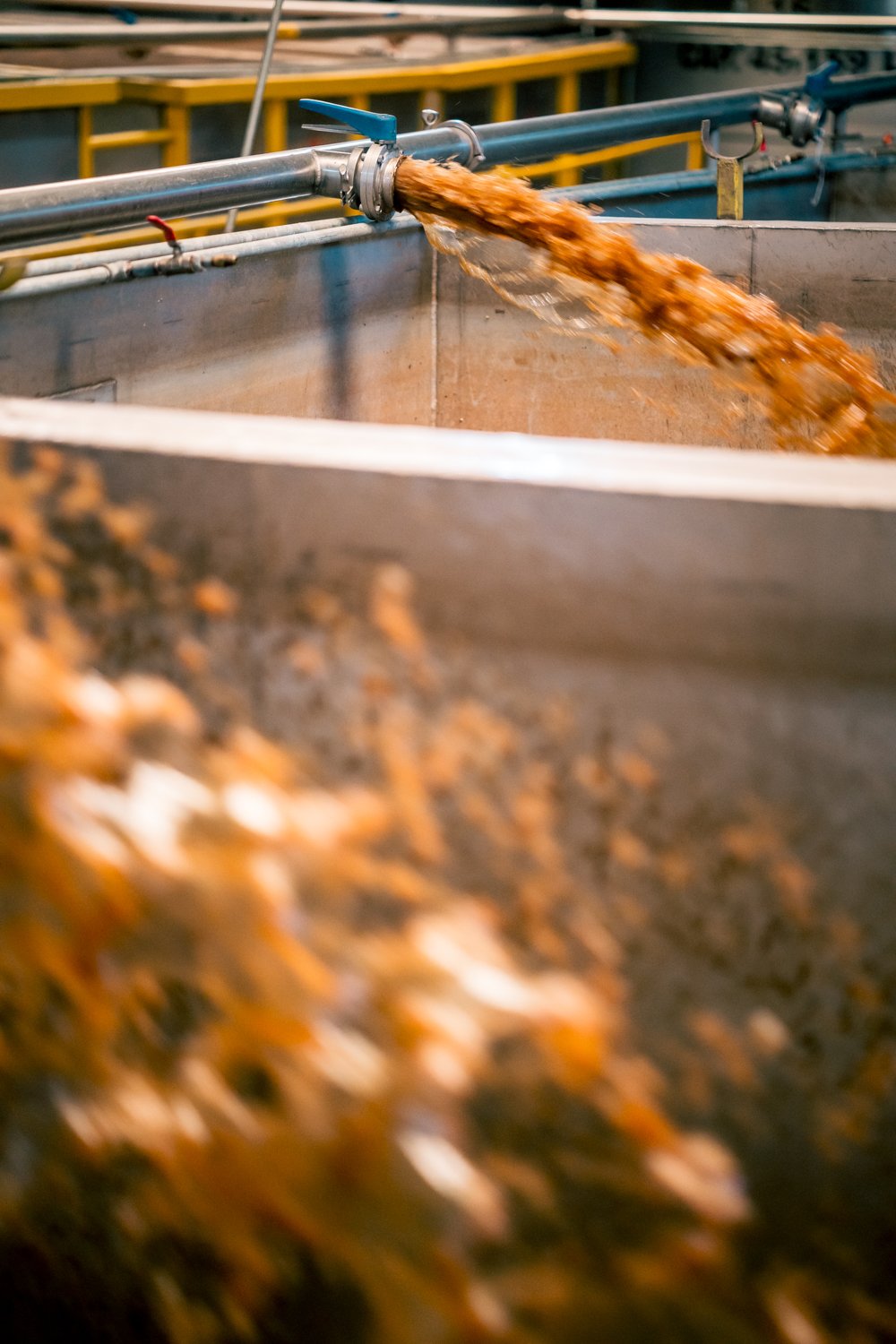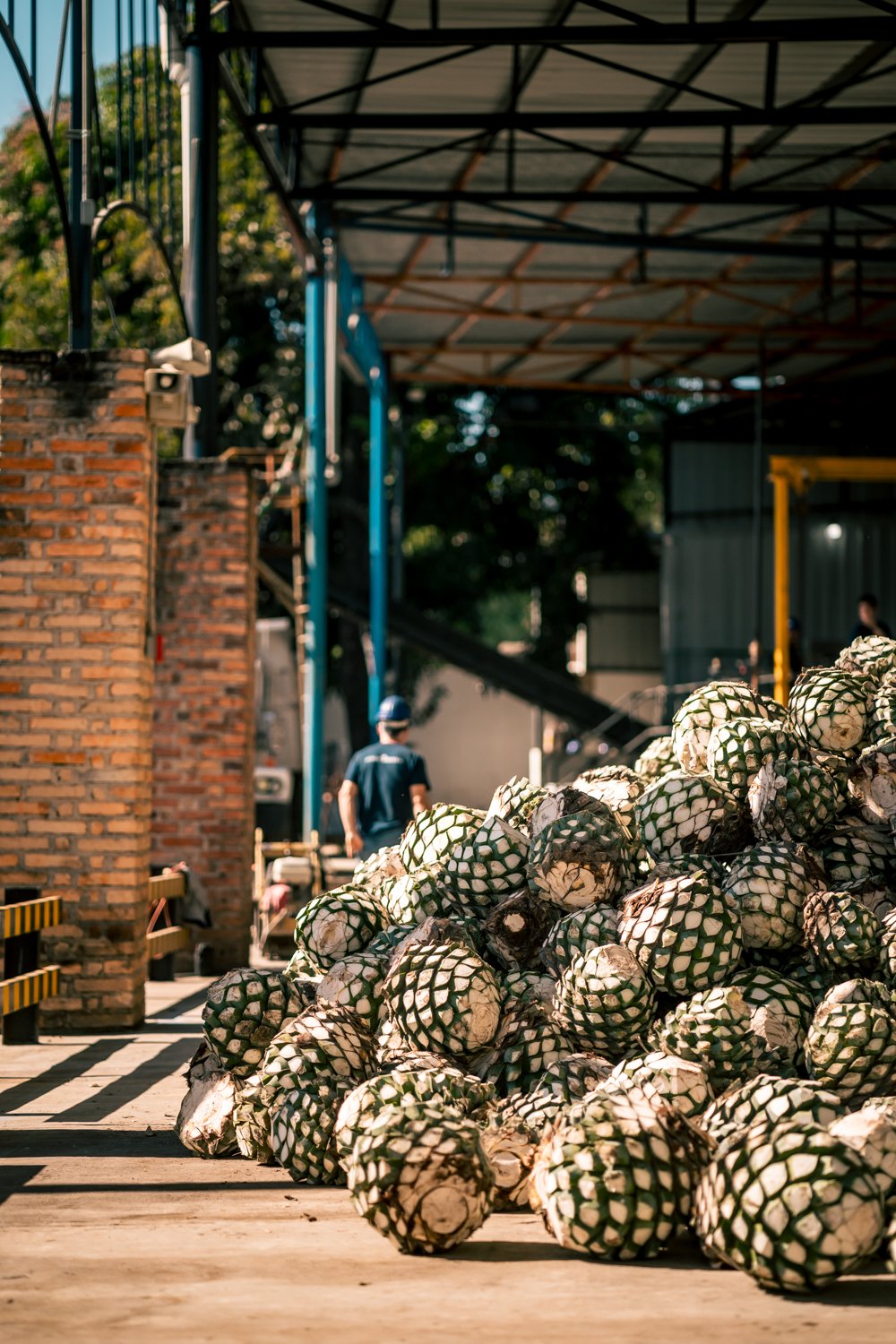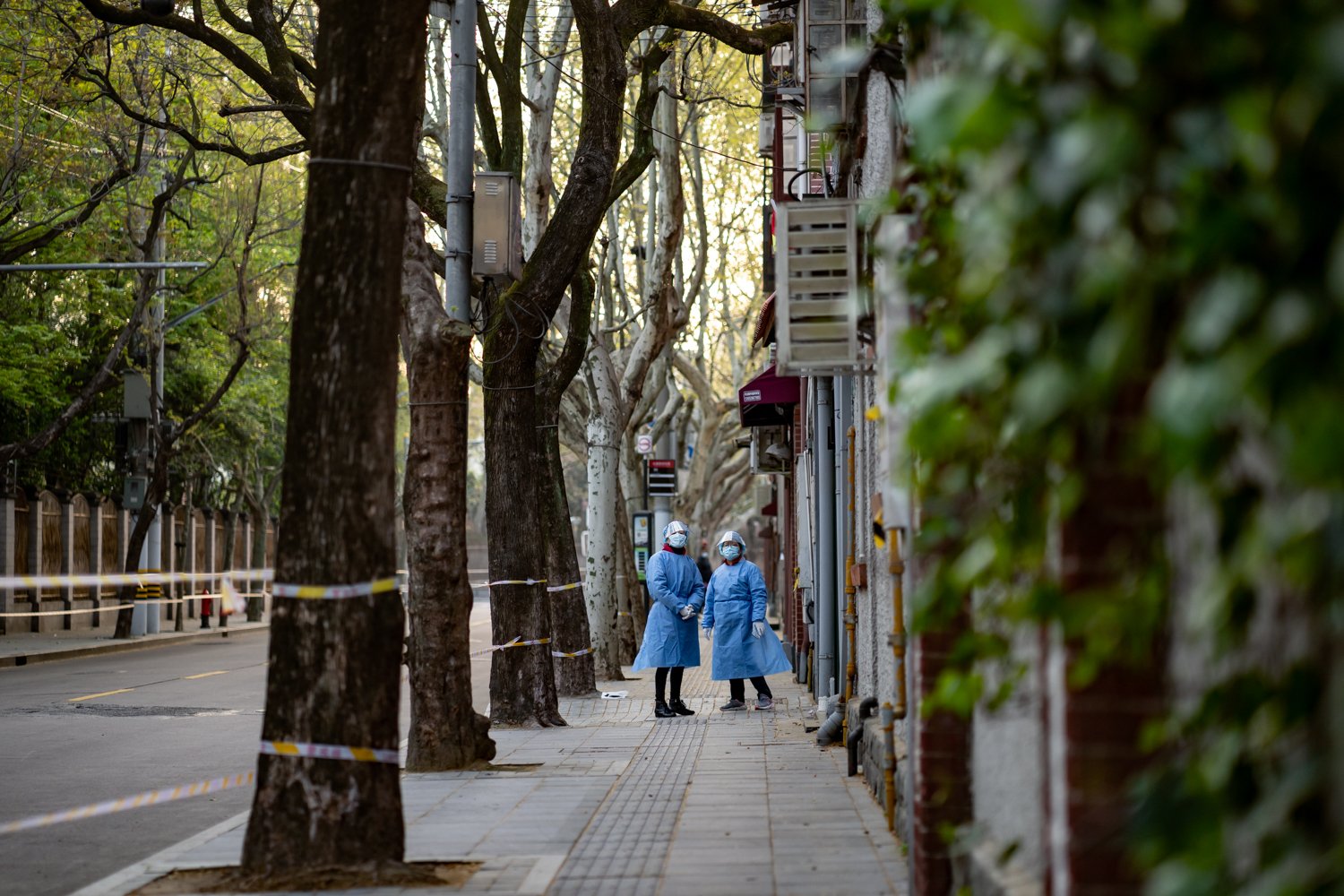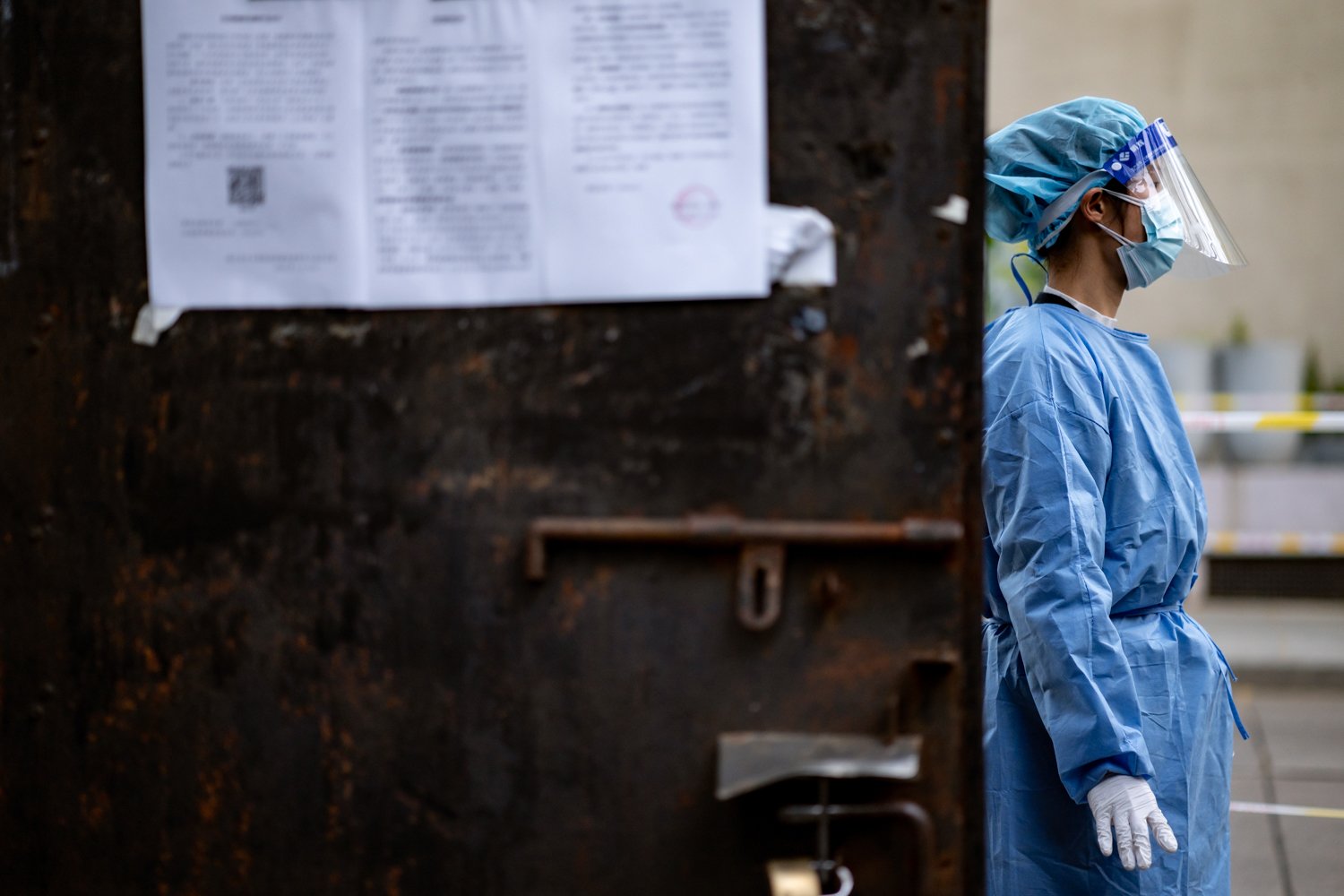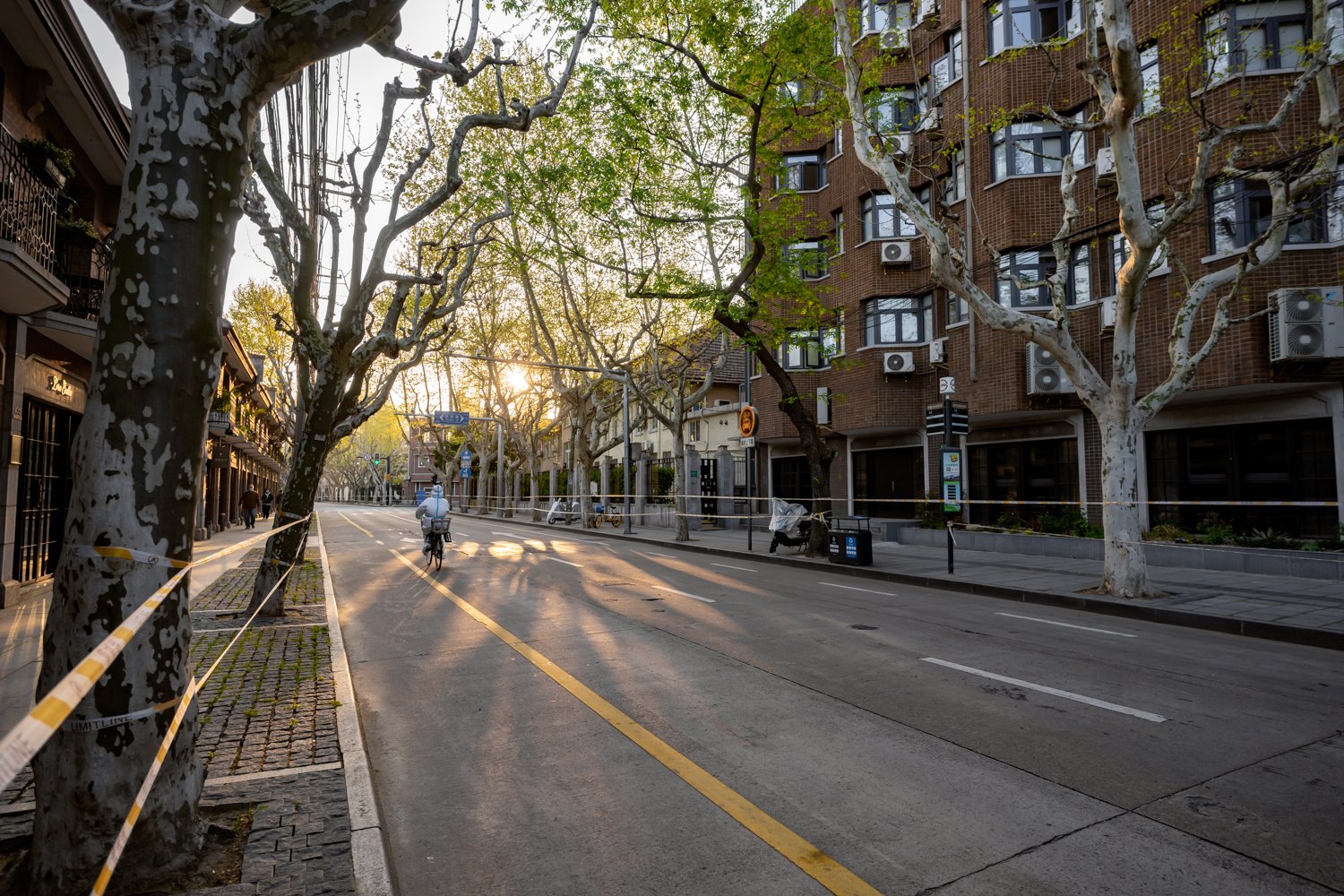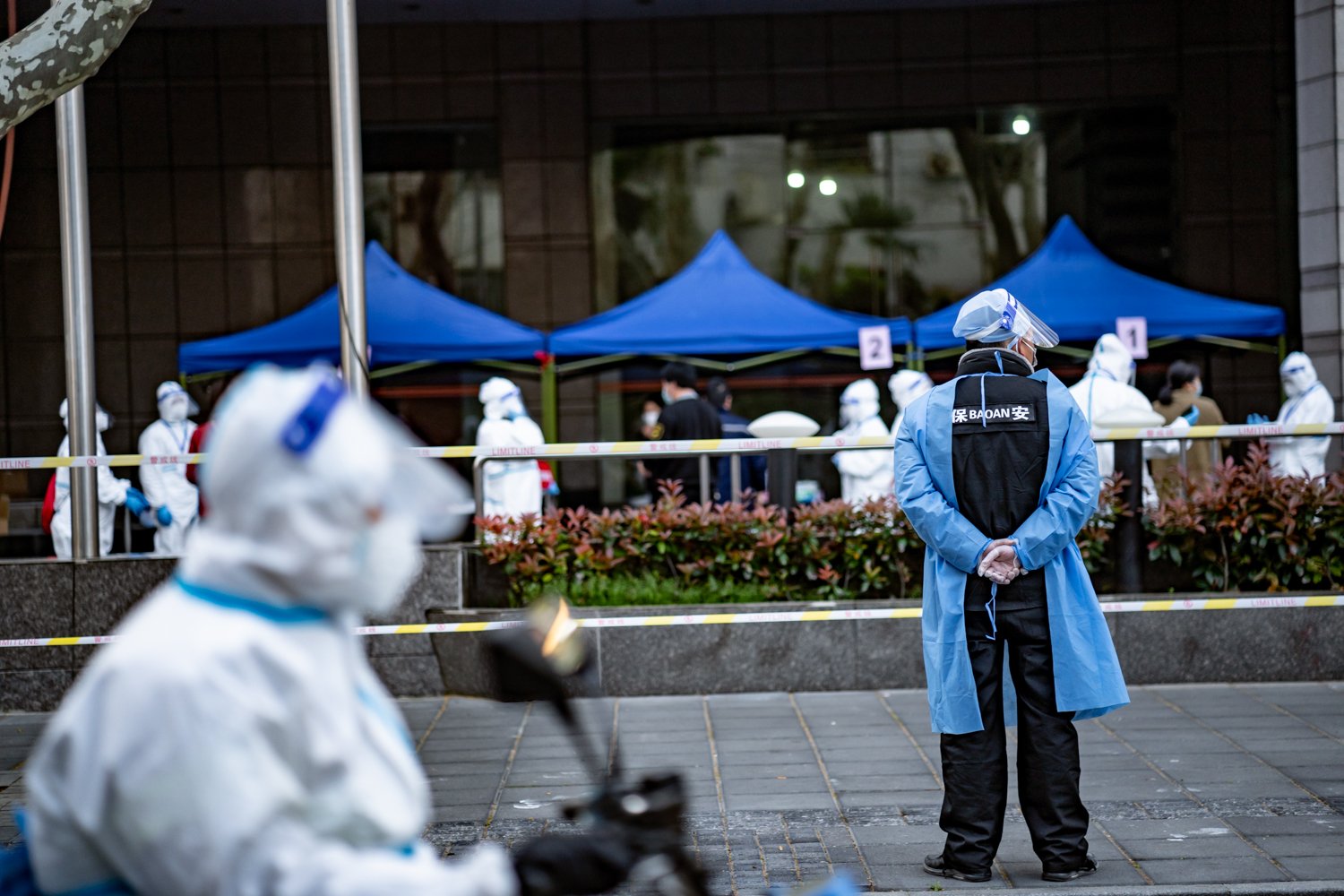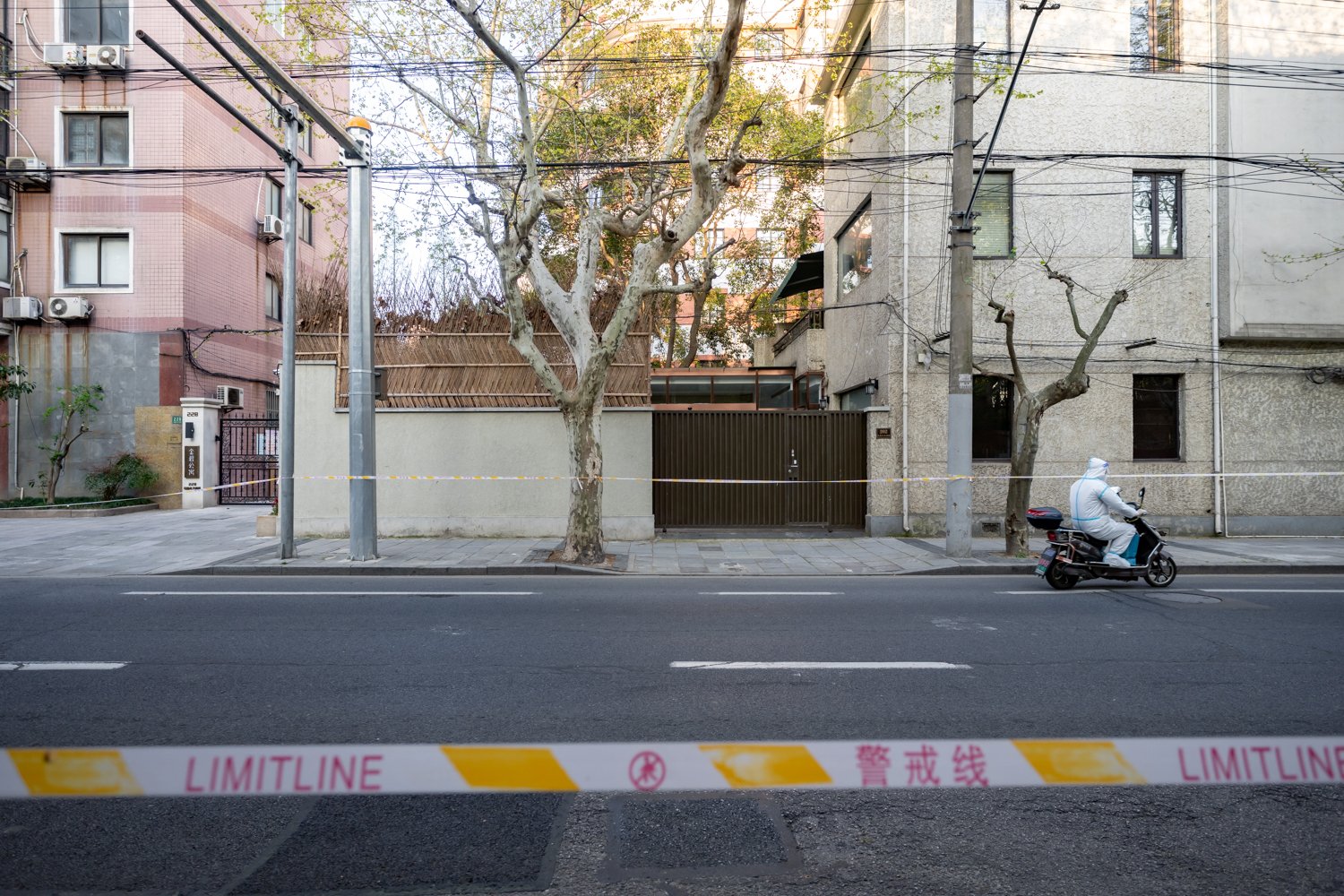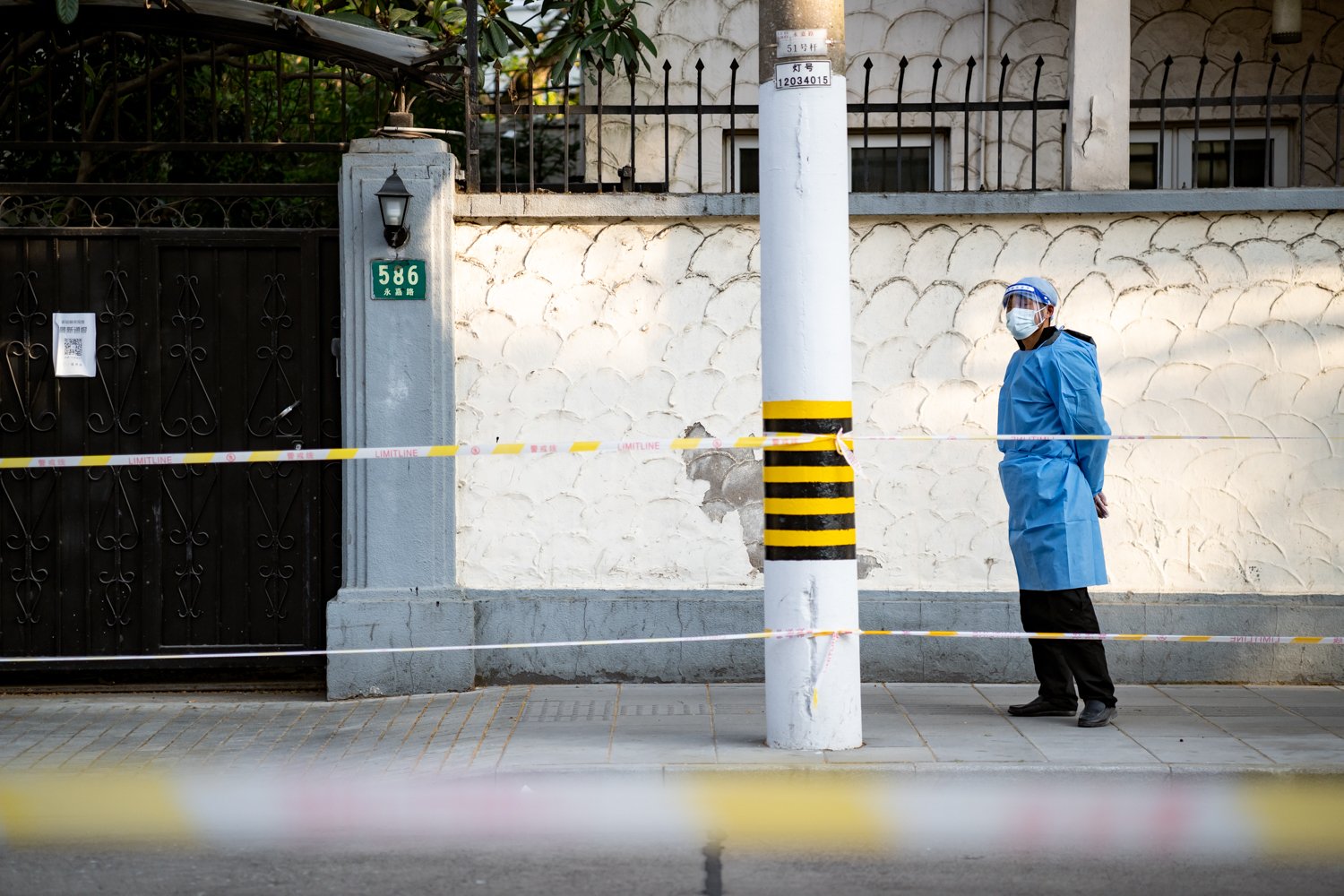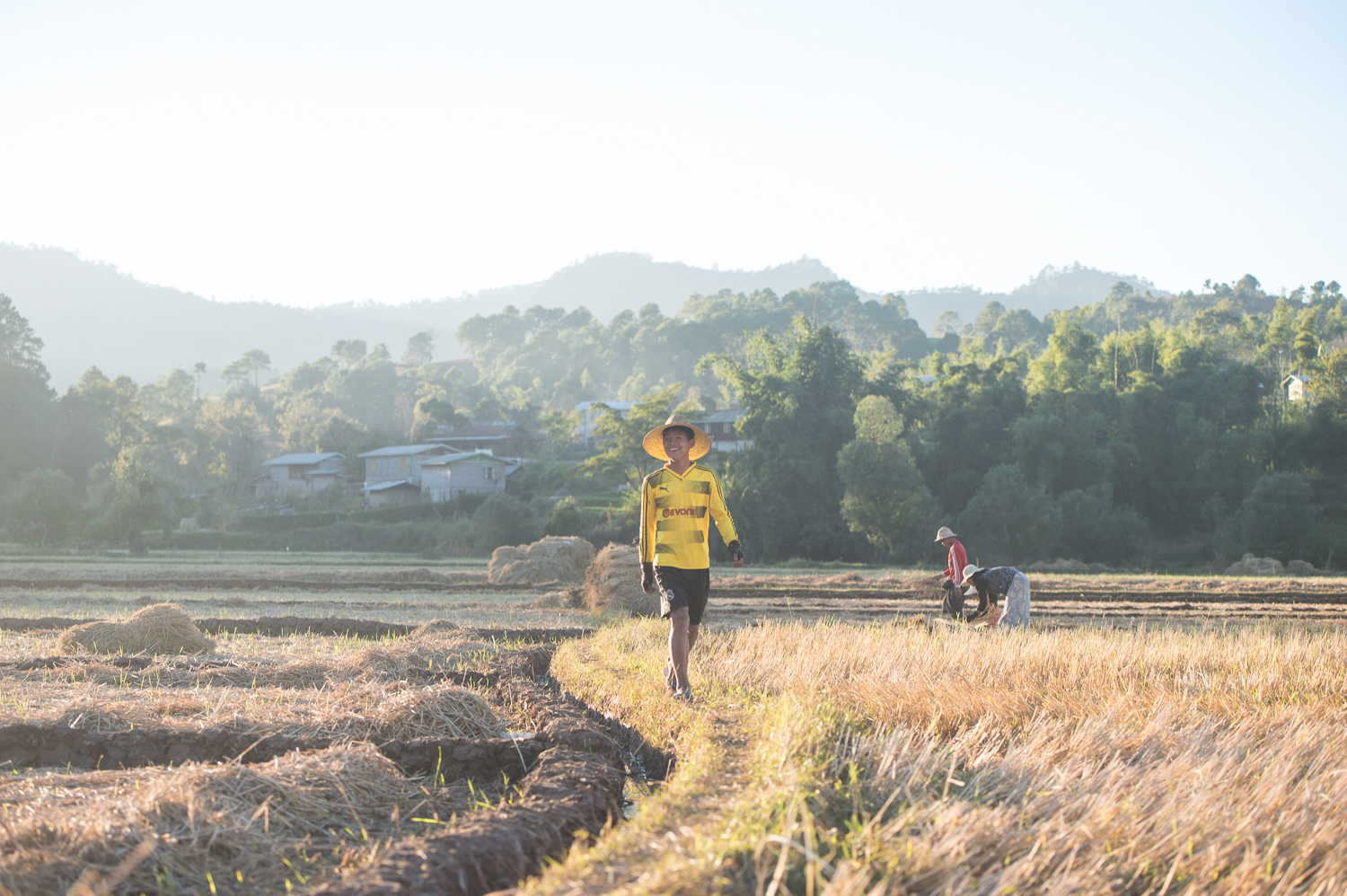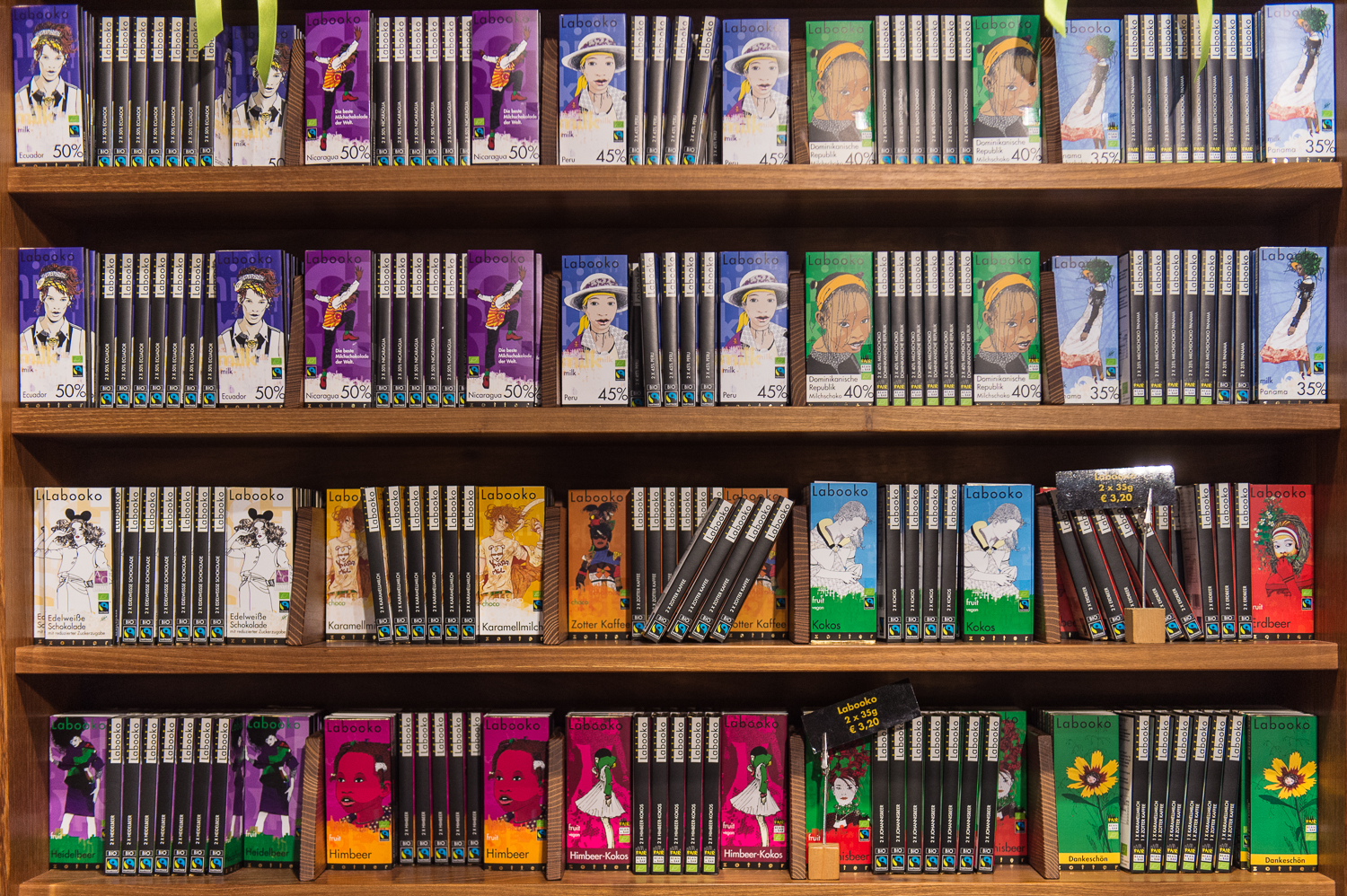I've been thinking about a story told to me several times about the Lodgepole pine, ever since visiting my hometown of Jasper earlier this summer... I thought it might be worth sharing here.
It's been a year since the fire ripped through the town, and finally, Jasper is slowly rebuilding - foundations are being poured, construction is starting, we even passed the first prefabricated house rolling into town as we left. I could feel a shift in conversations, despite so many frustrations individuals were still having, things were happening, new businesses opening, new flowers blooming throughout the park.
Lodgepole pines are everywhere in Jasper National Park, their resin-sealed cones are so tightly packed they look like little rocks - I remember kicking them along the trails during hikes as a kid. The tightly packed cones rely on heat from fire to melt and pop them open, releasing the seeds, allowing the forest to regenerate. In that sense, a fire is as vital to lodgepole pines as bees are to flowers. Fire isn't devastation, it's just another element that keeps our landscape healthy.
It was interesting that this story was the one that kept coming up, its certainly not consolation - I'm sure many would rather have their house back rather than a couple new lodgepole pines in the town, however, it felt like a story being told as a reminder that in Jasper, we don't just live in nature, but we are a part of nature, and nature has it's cycles of growth and destruction, we suffered great loss, and we will rebuild and grow.


